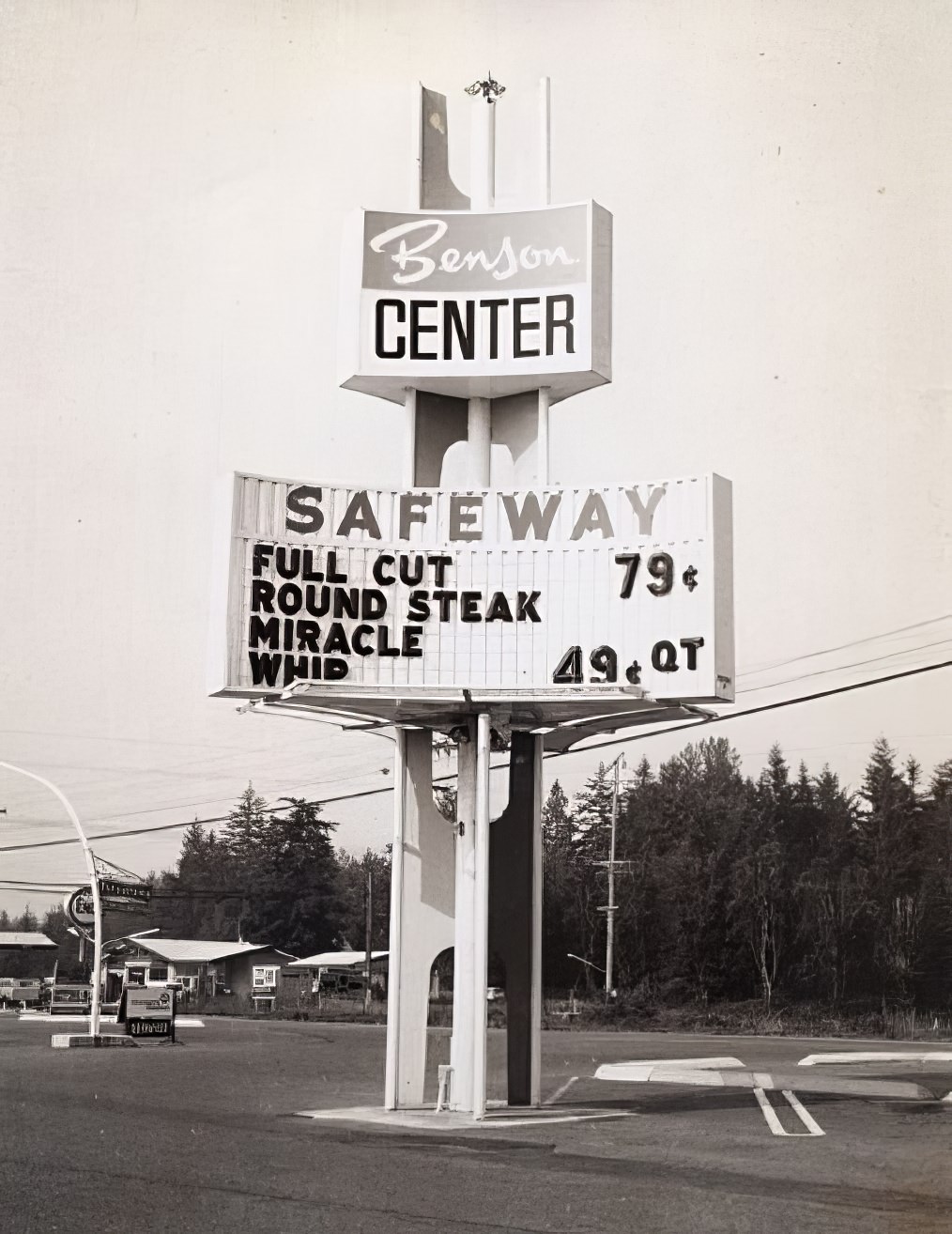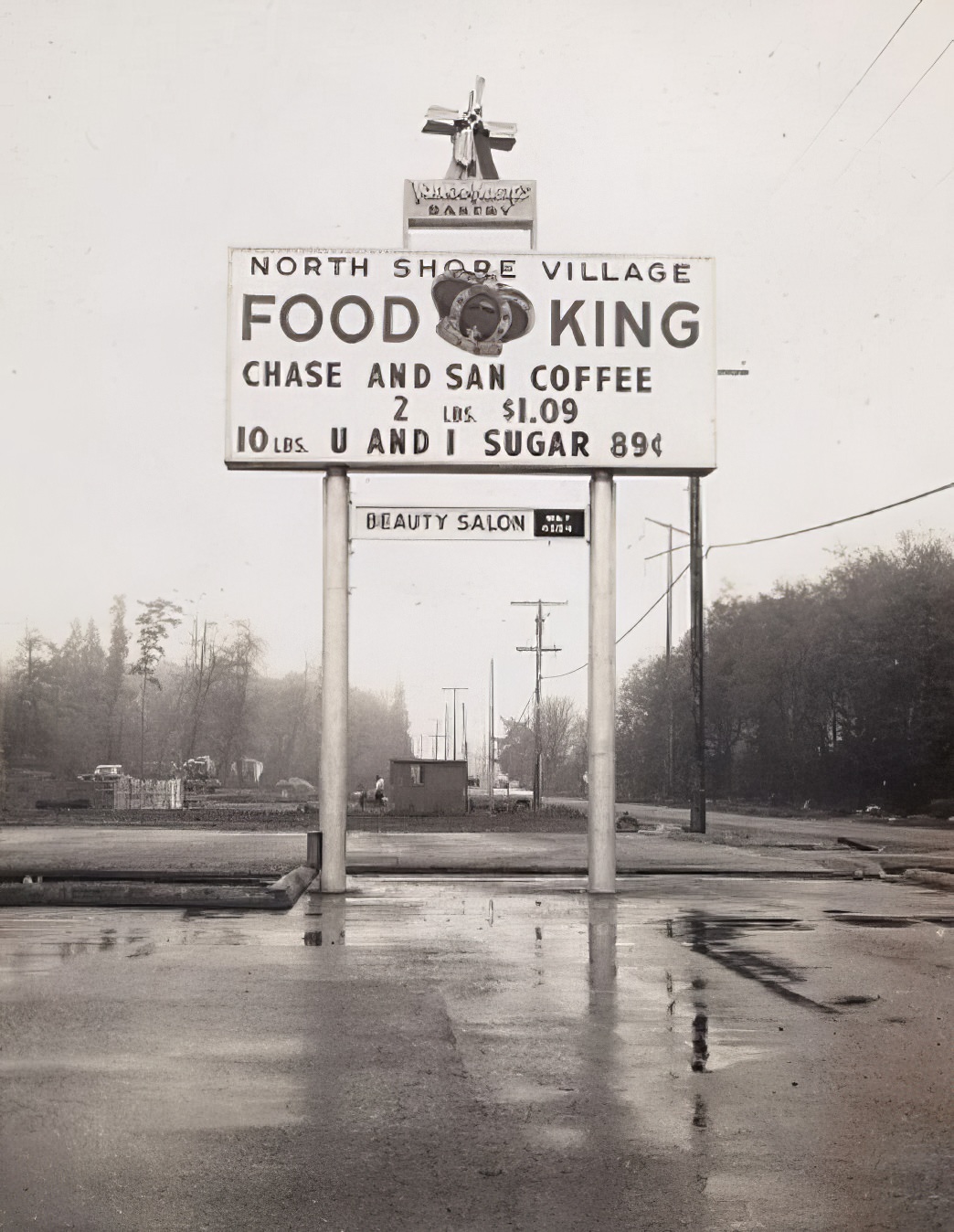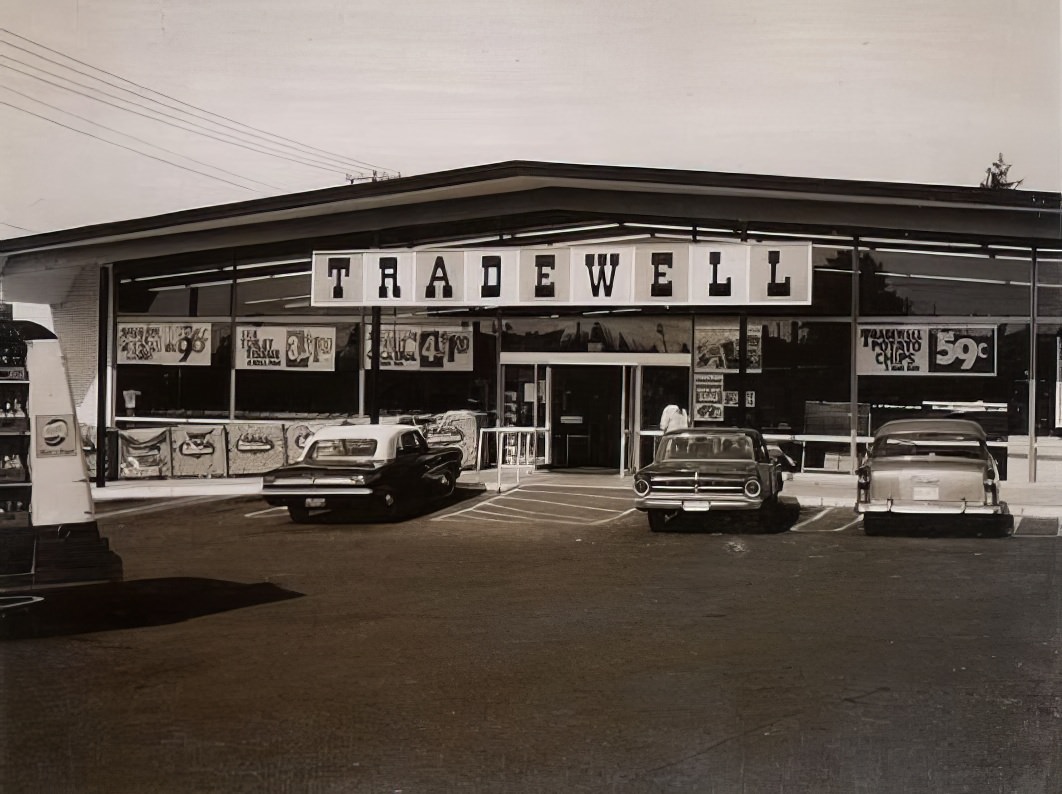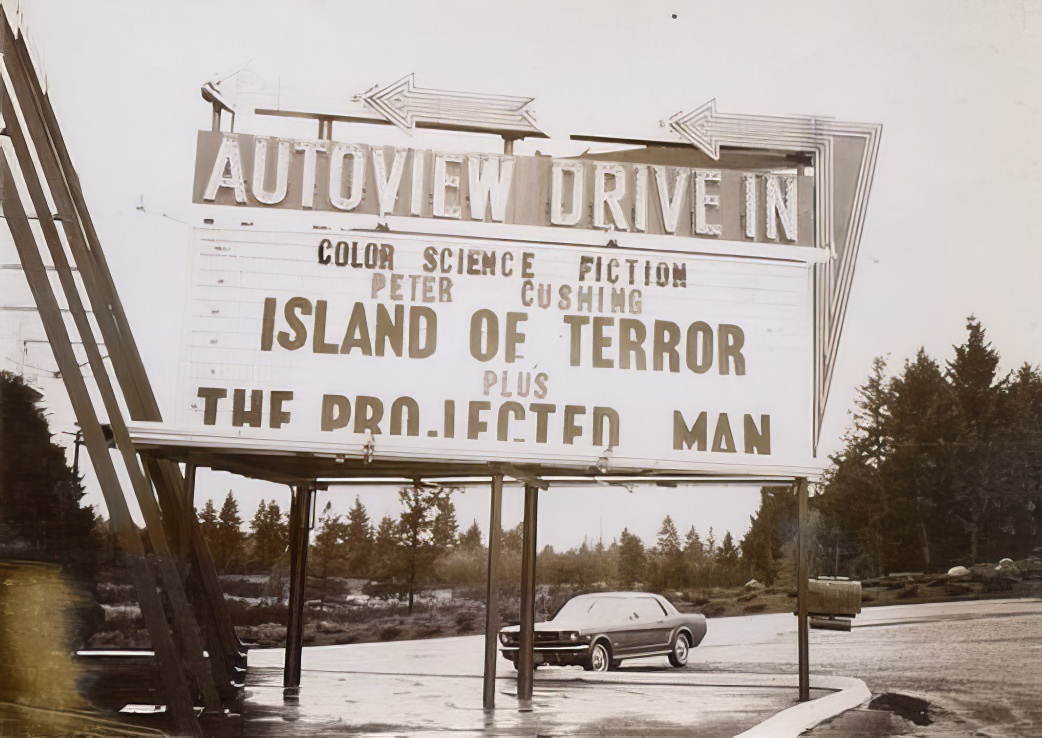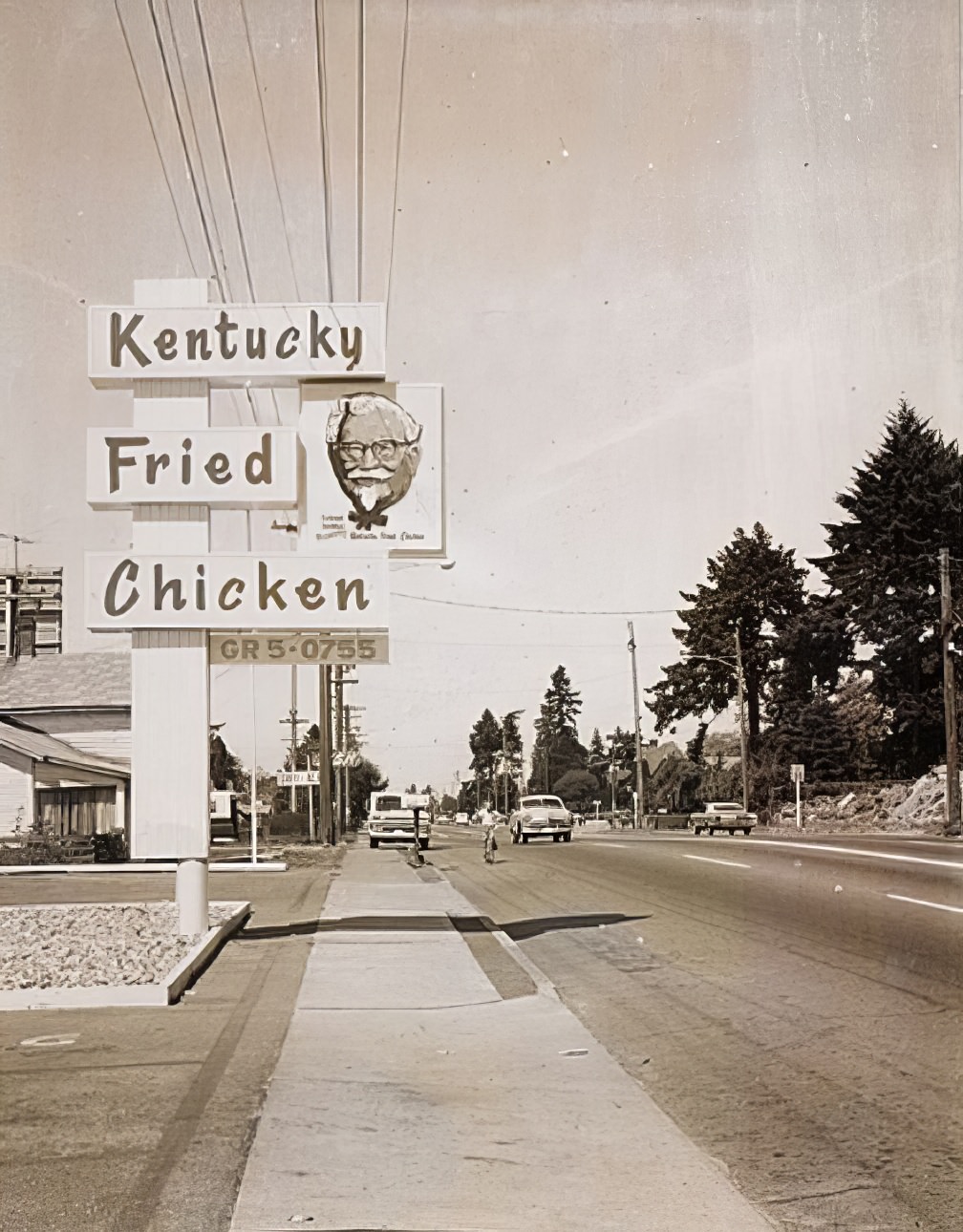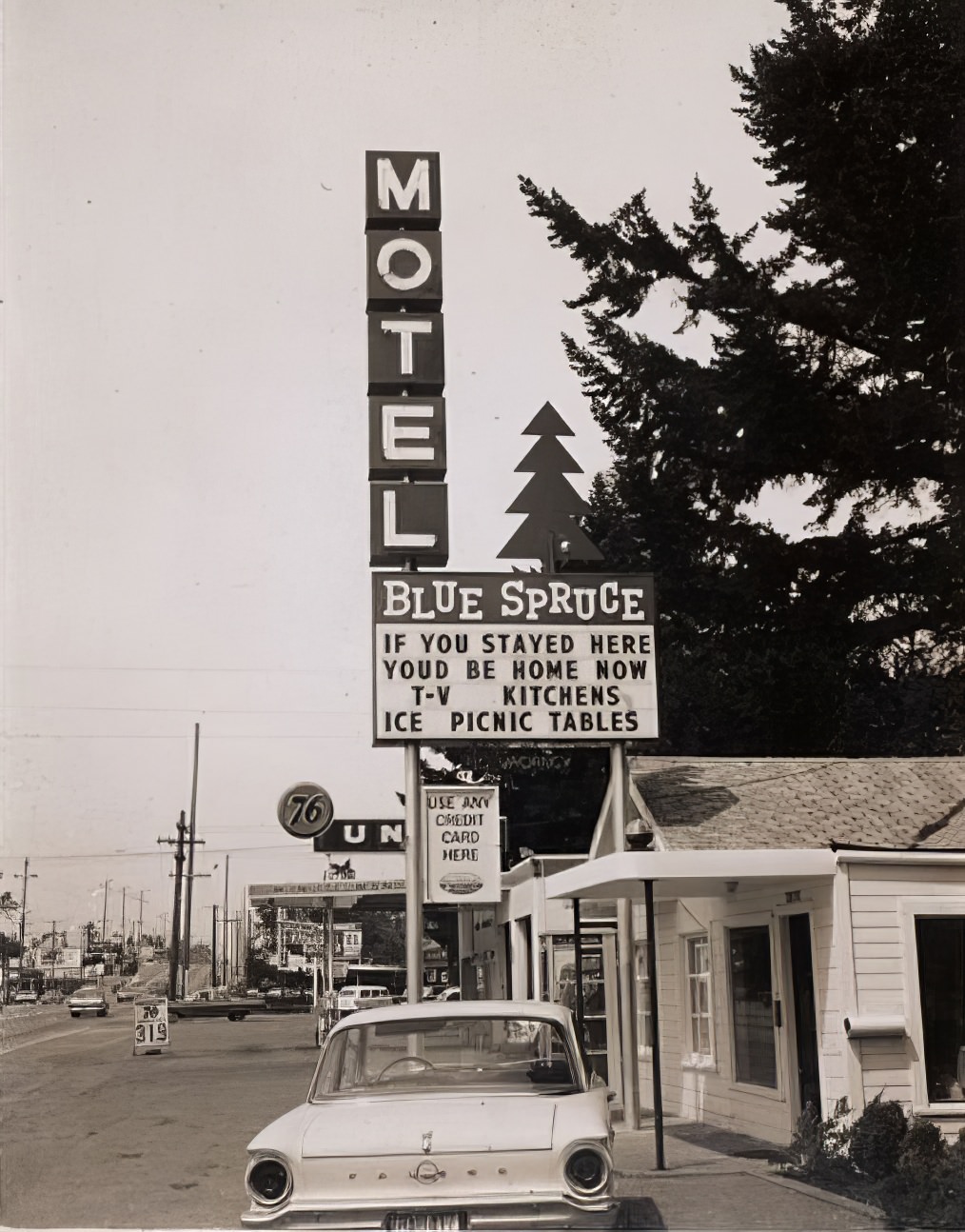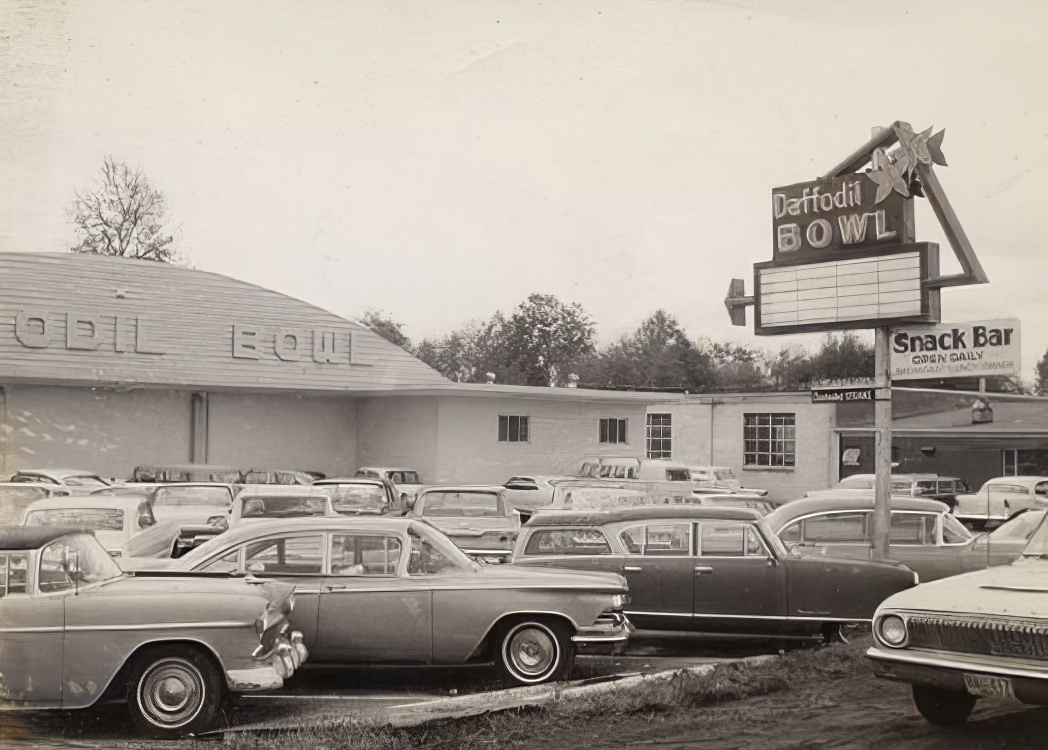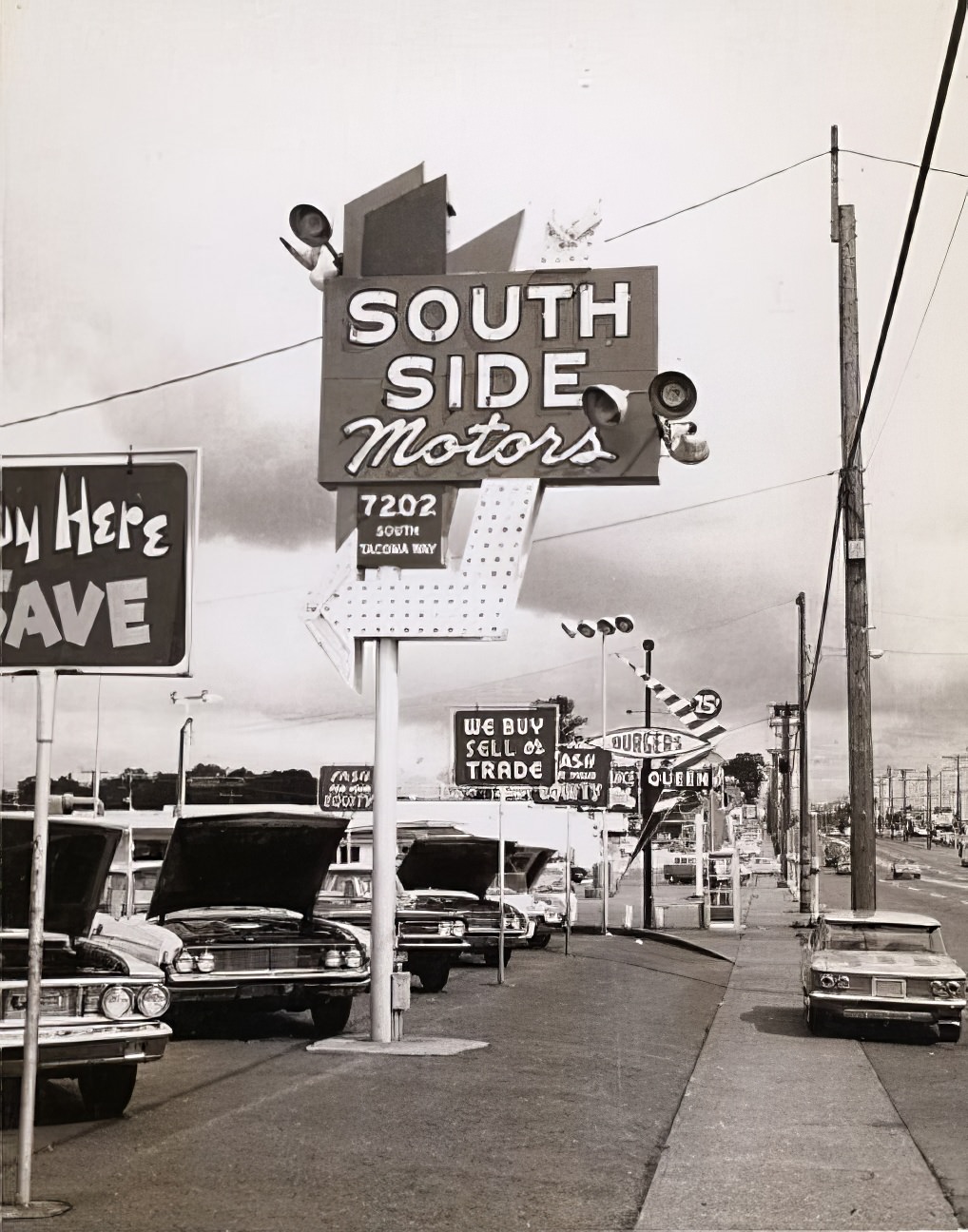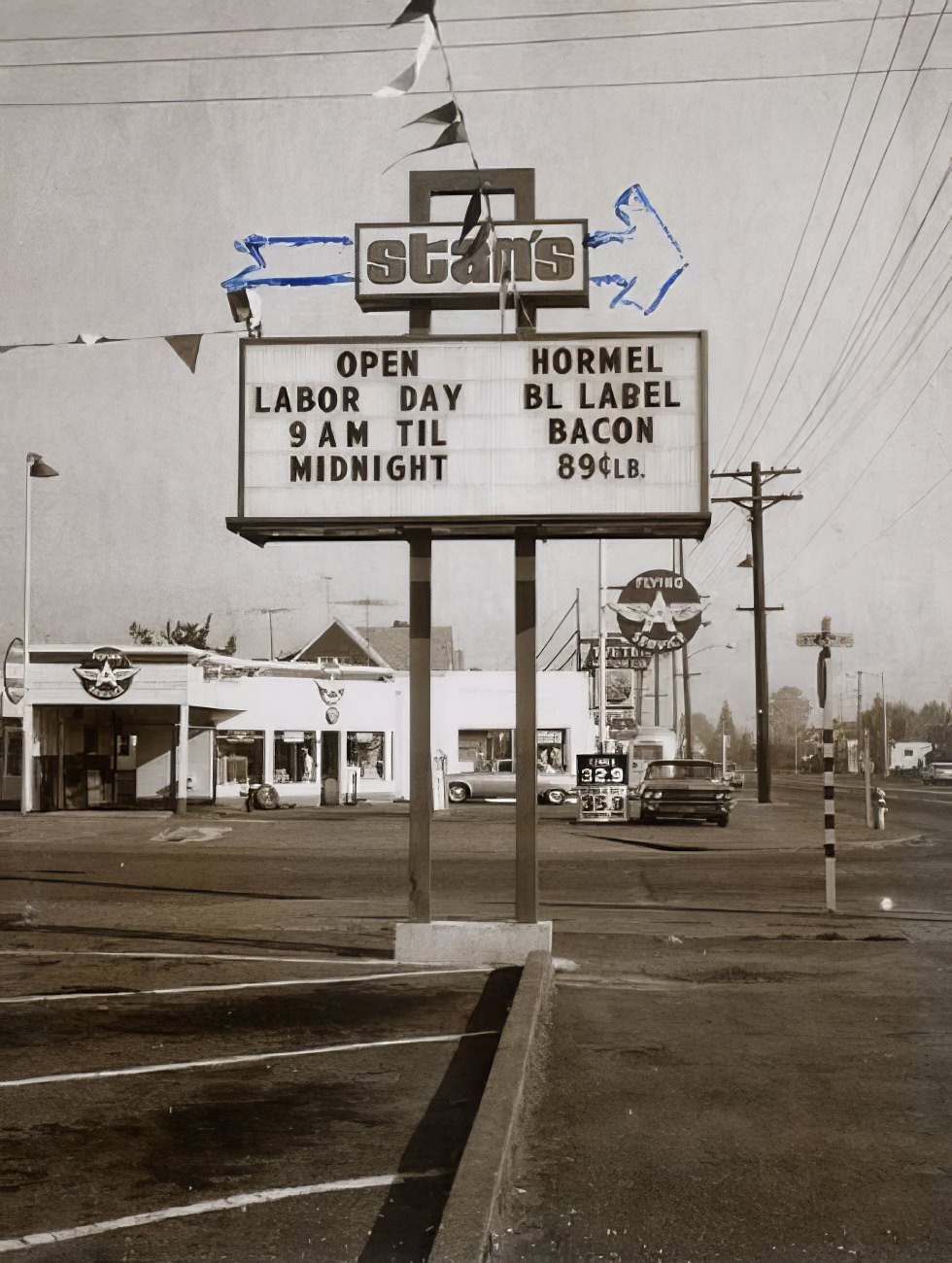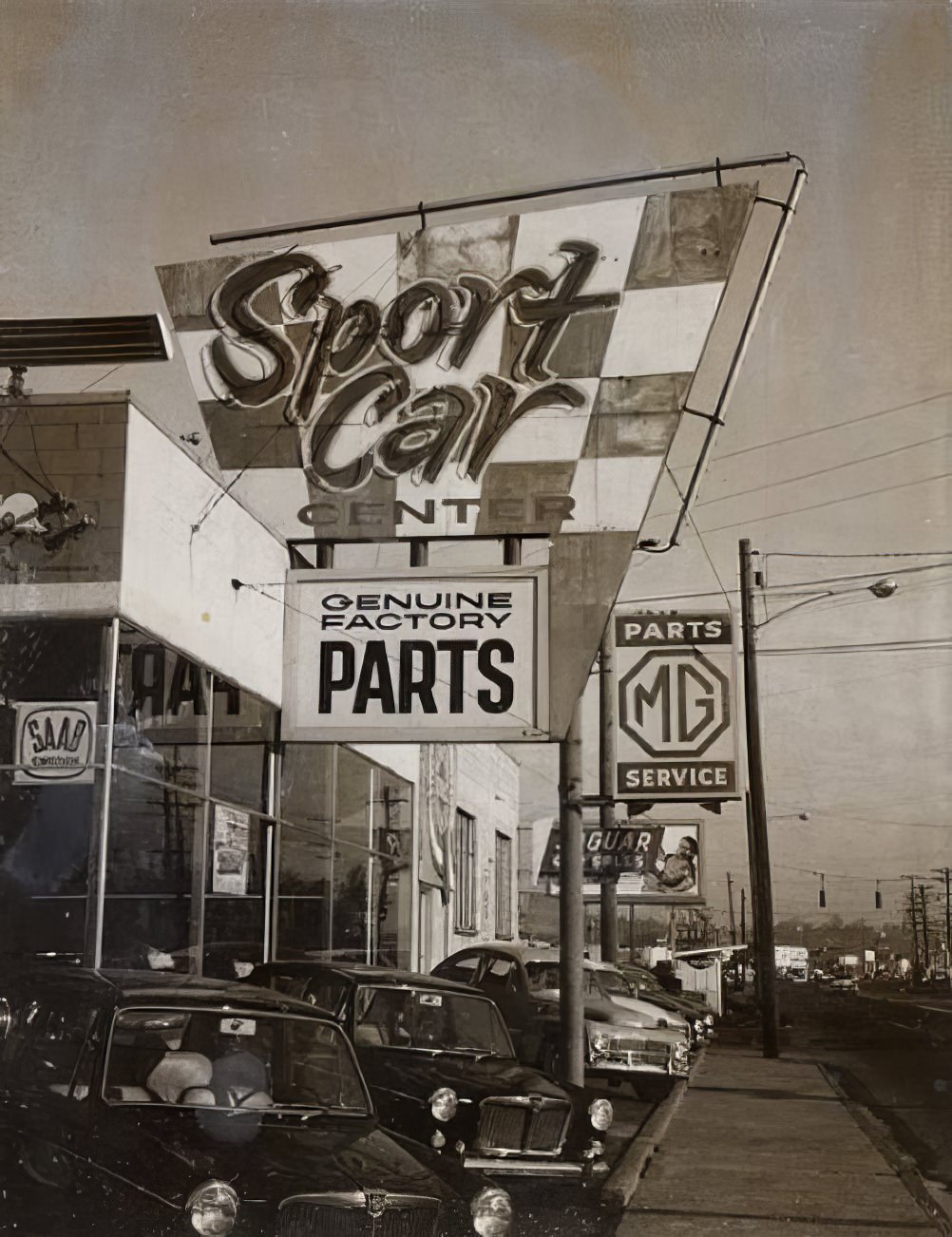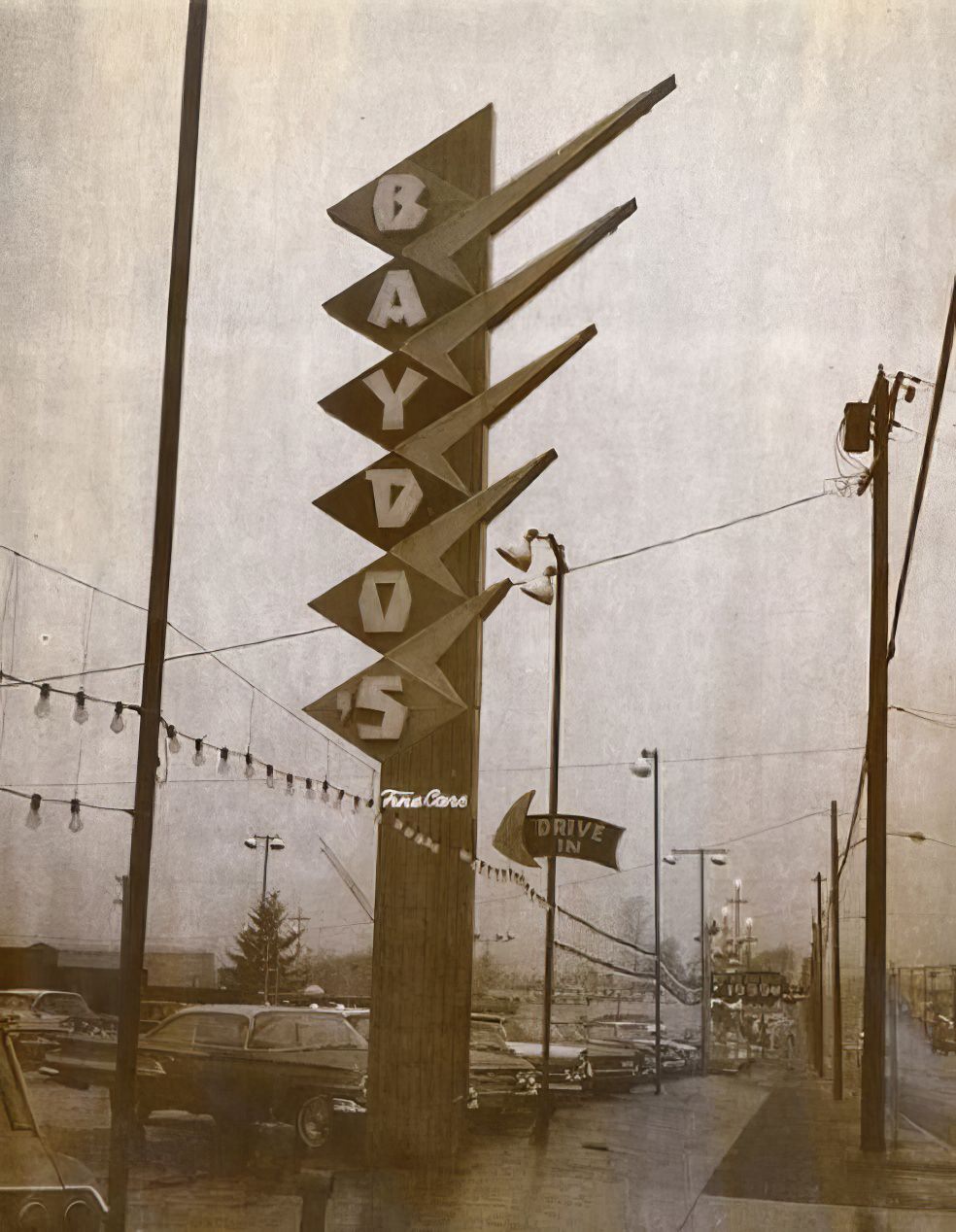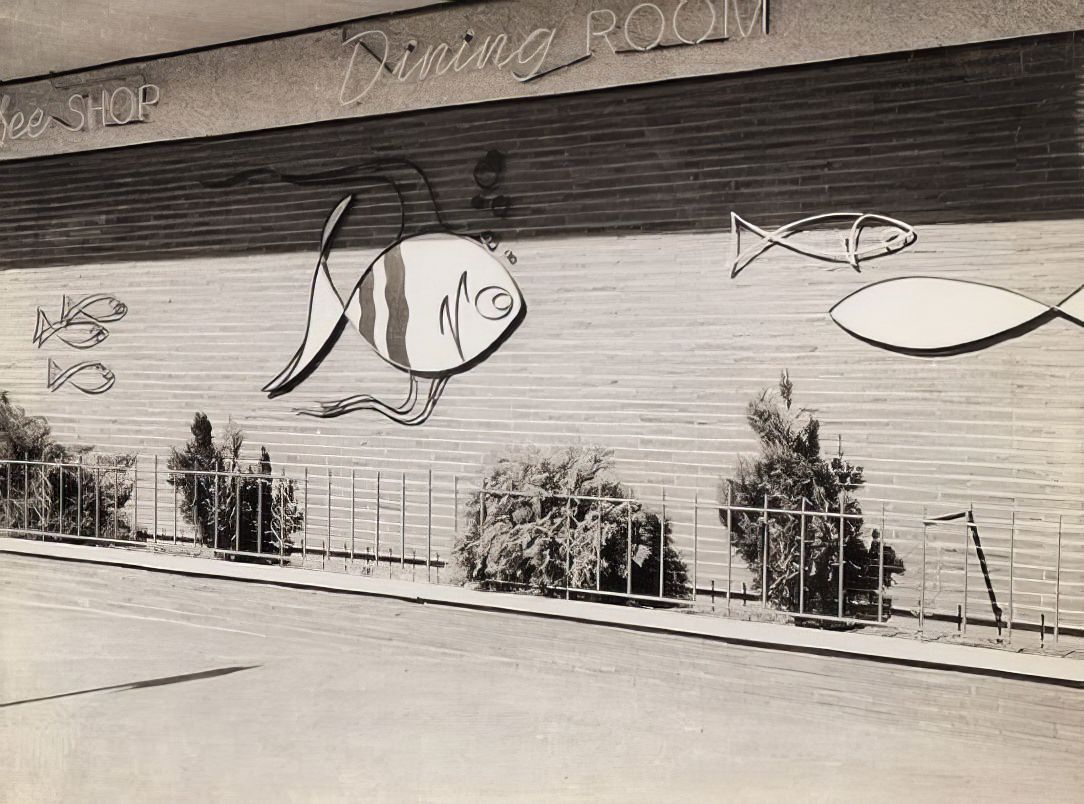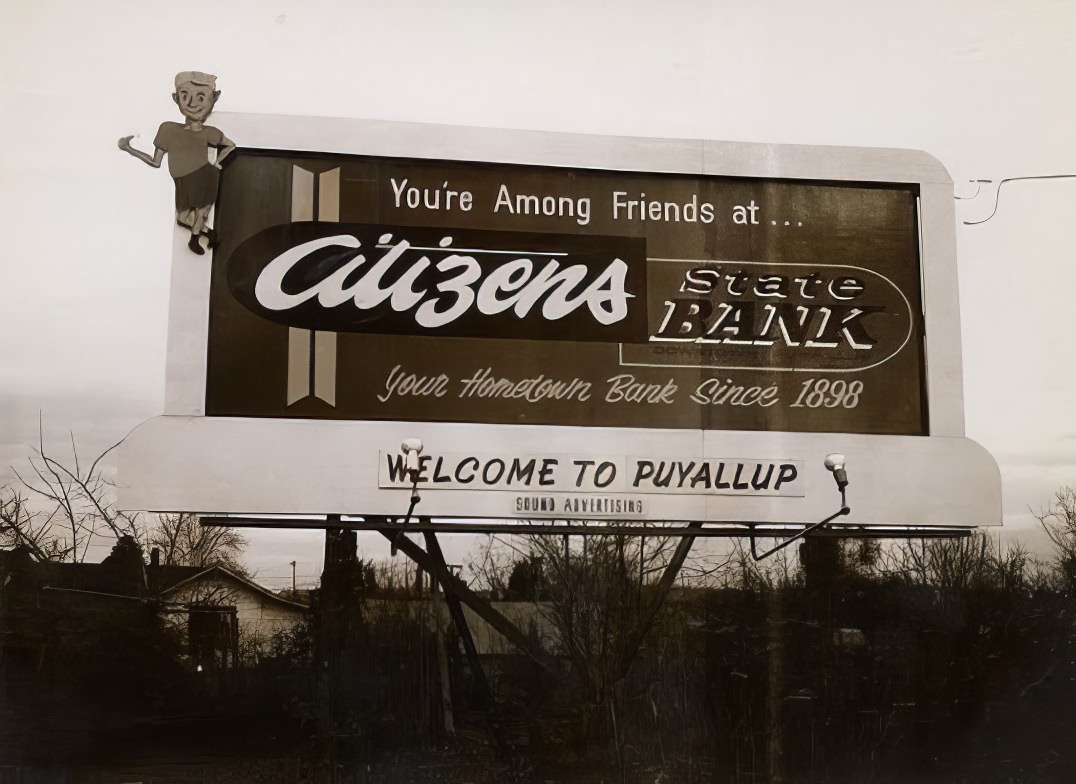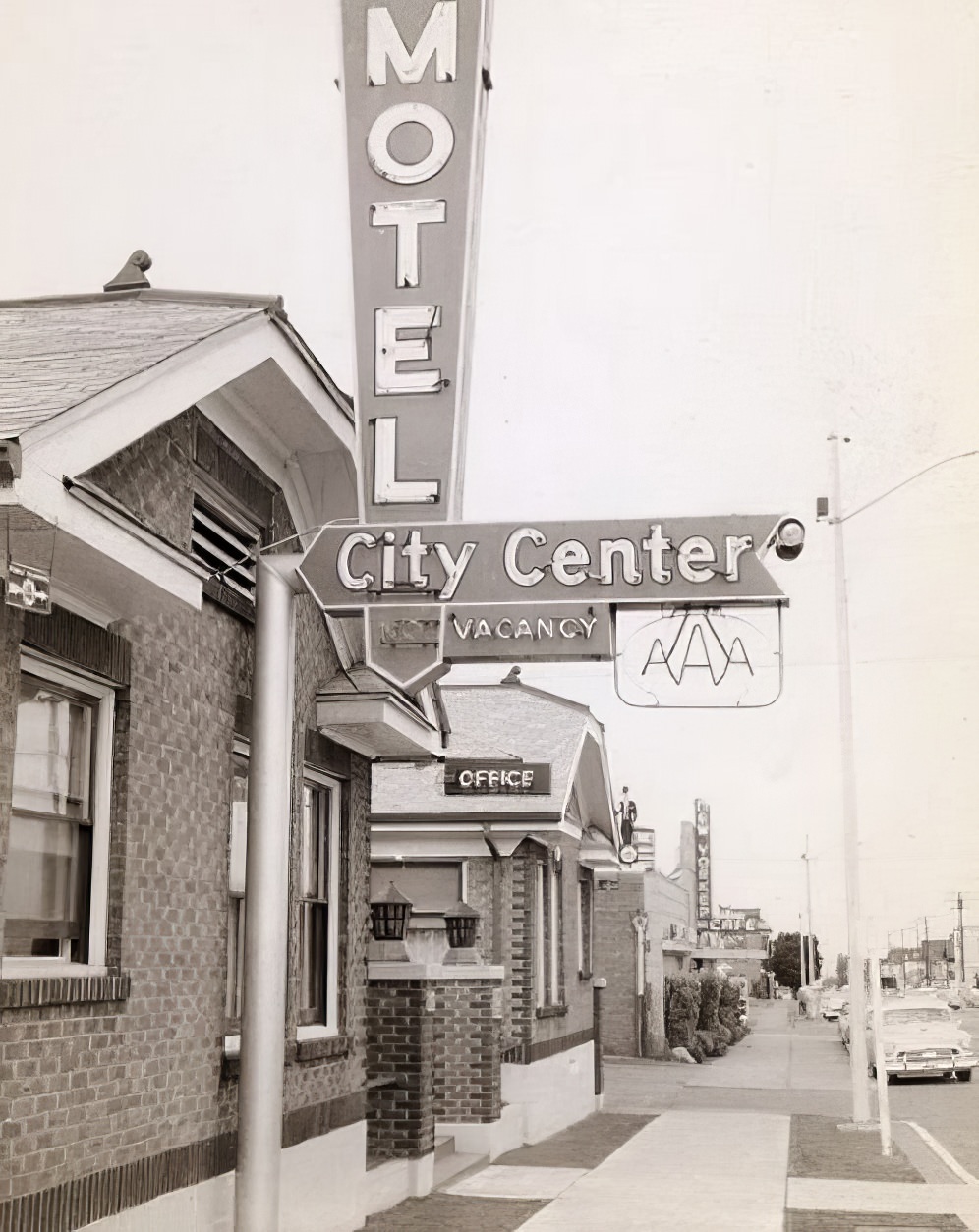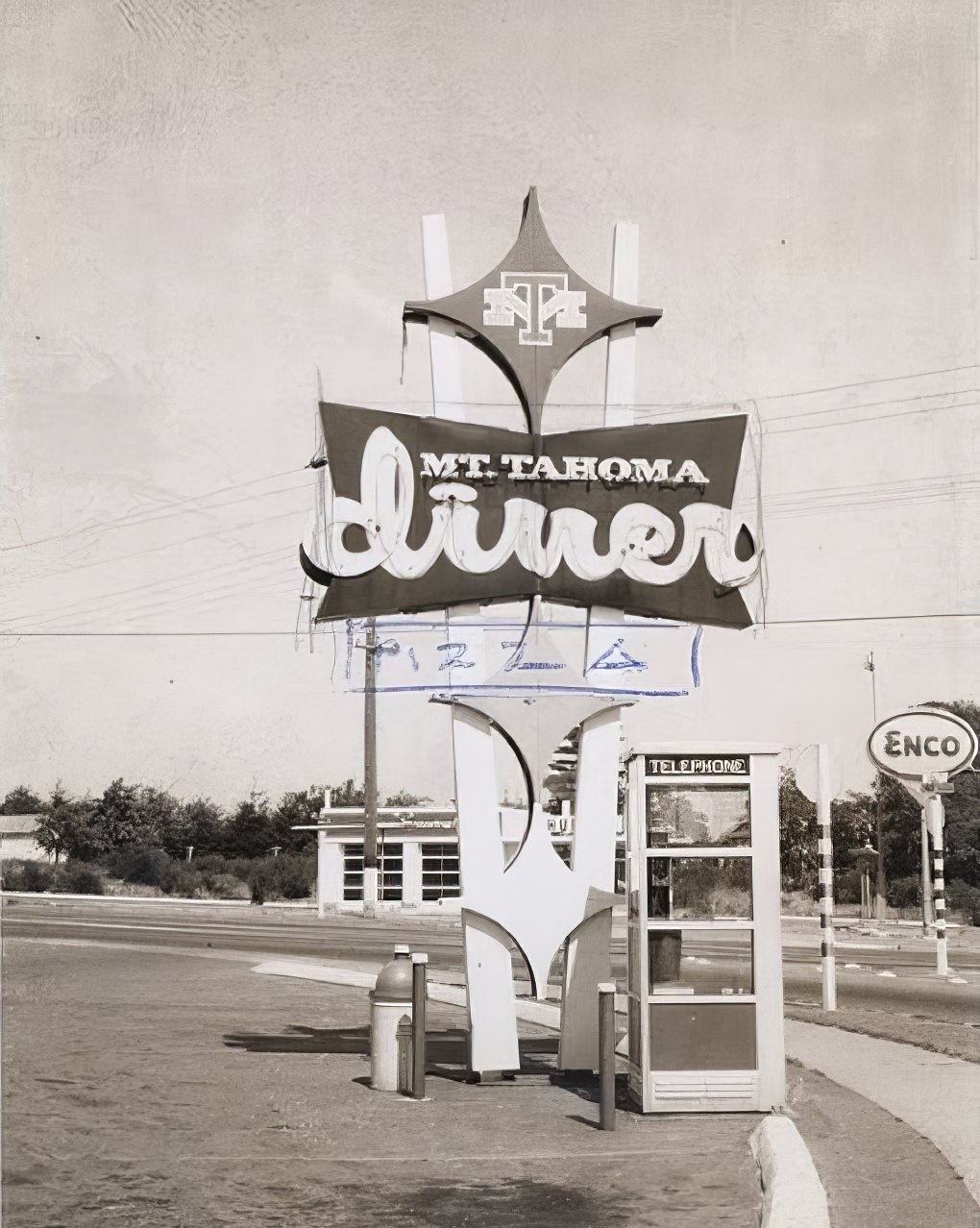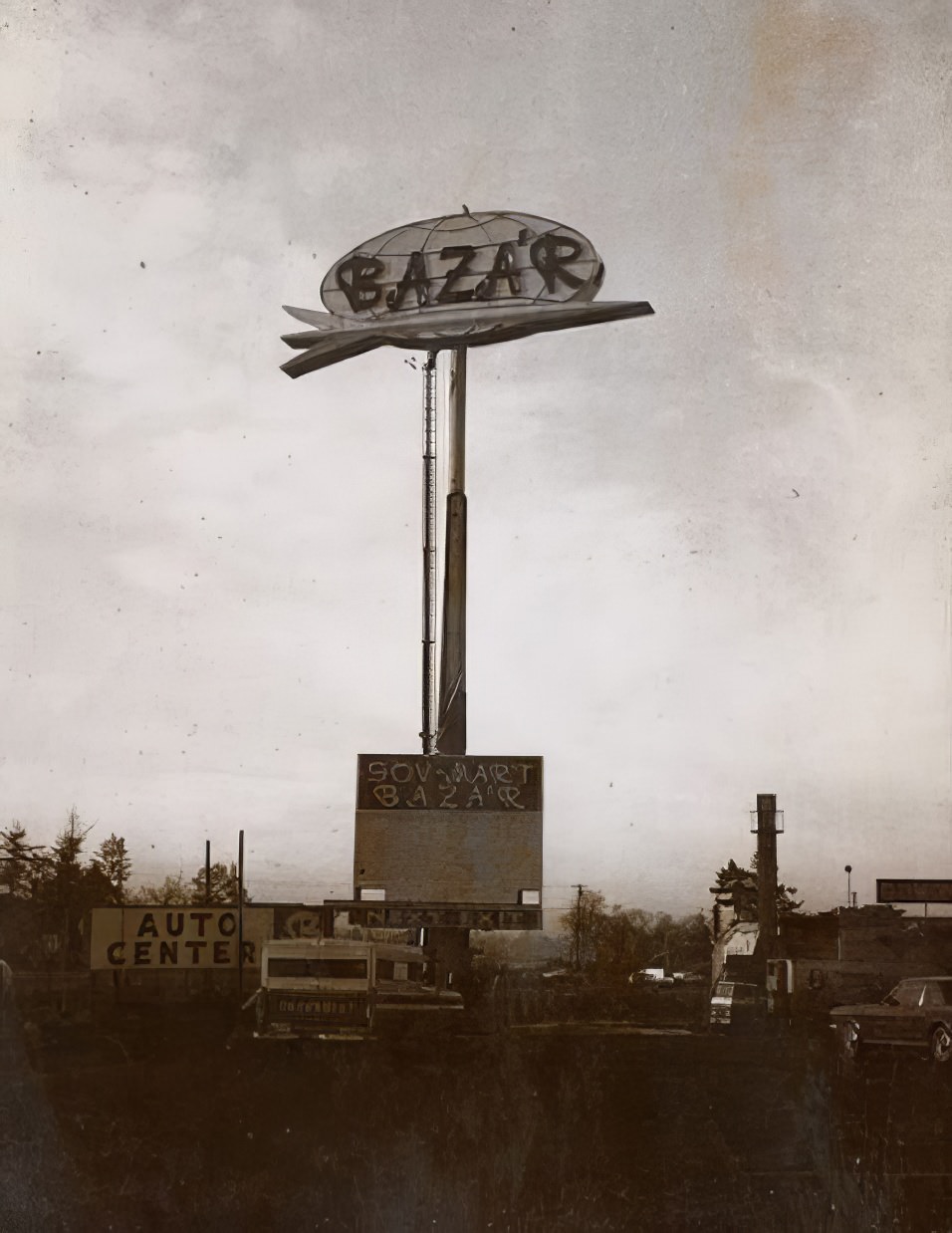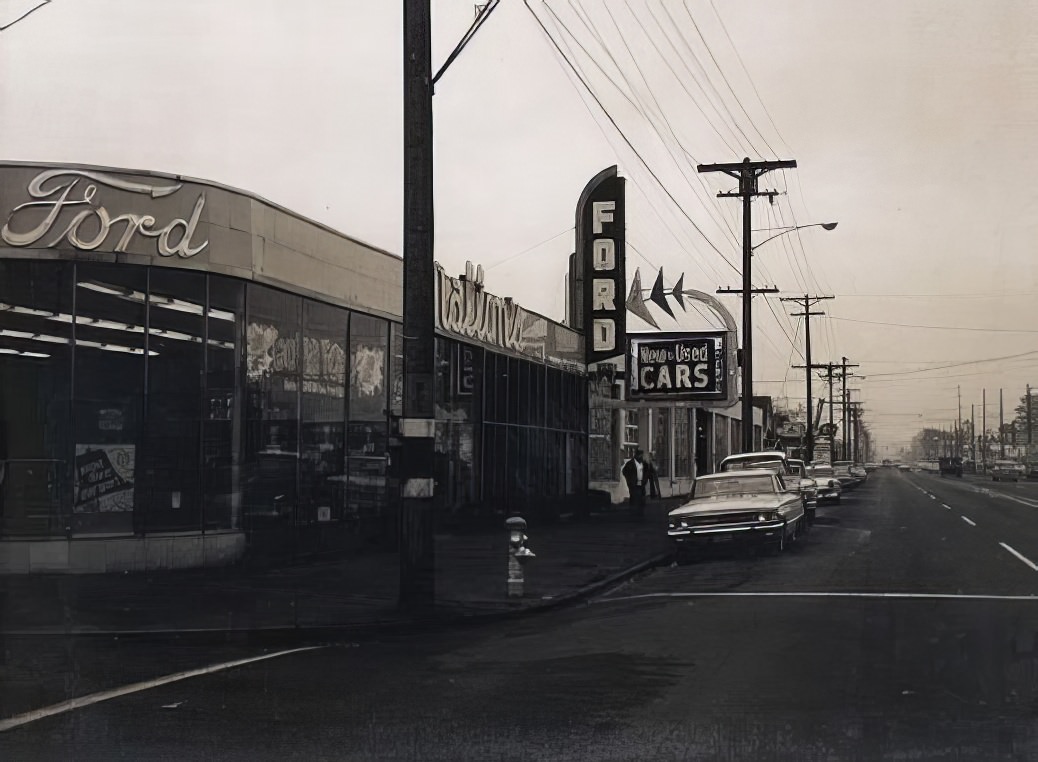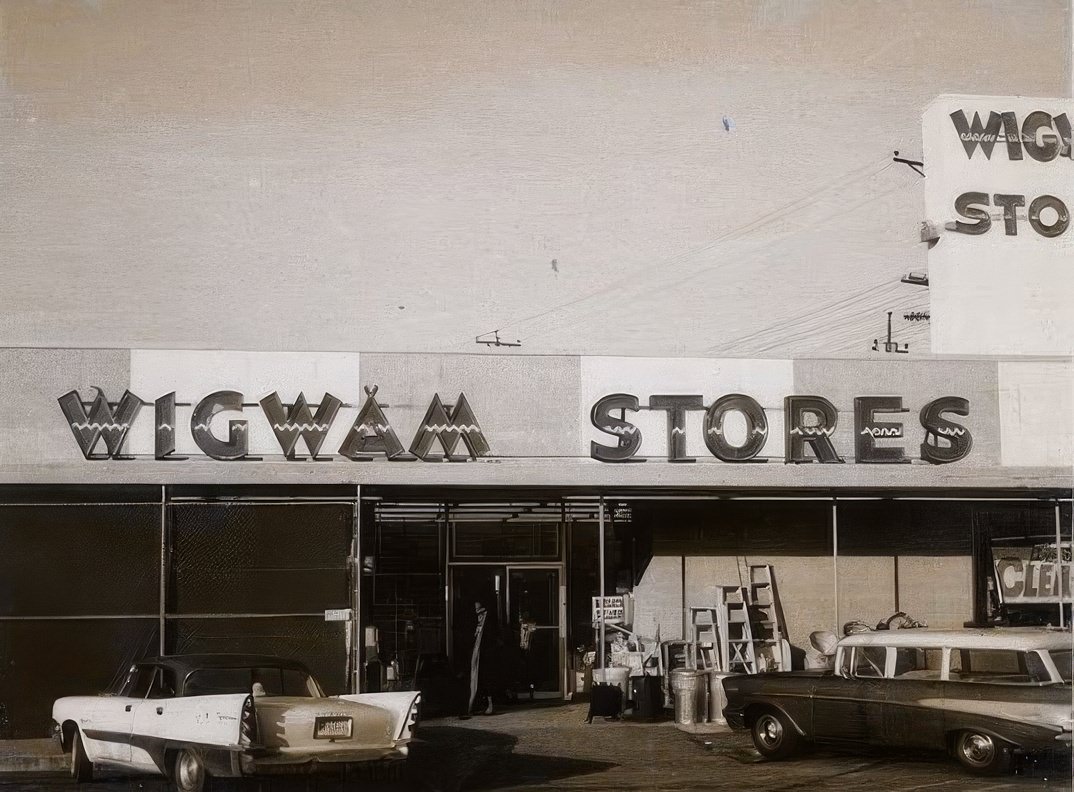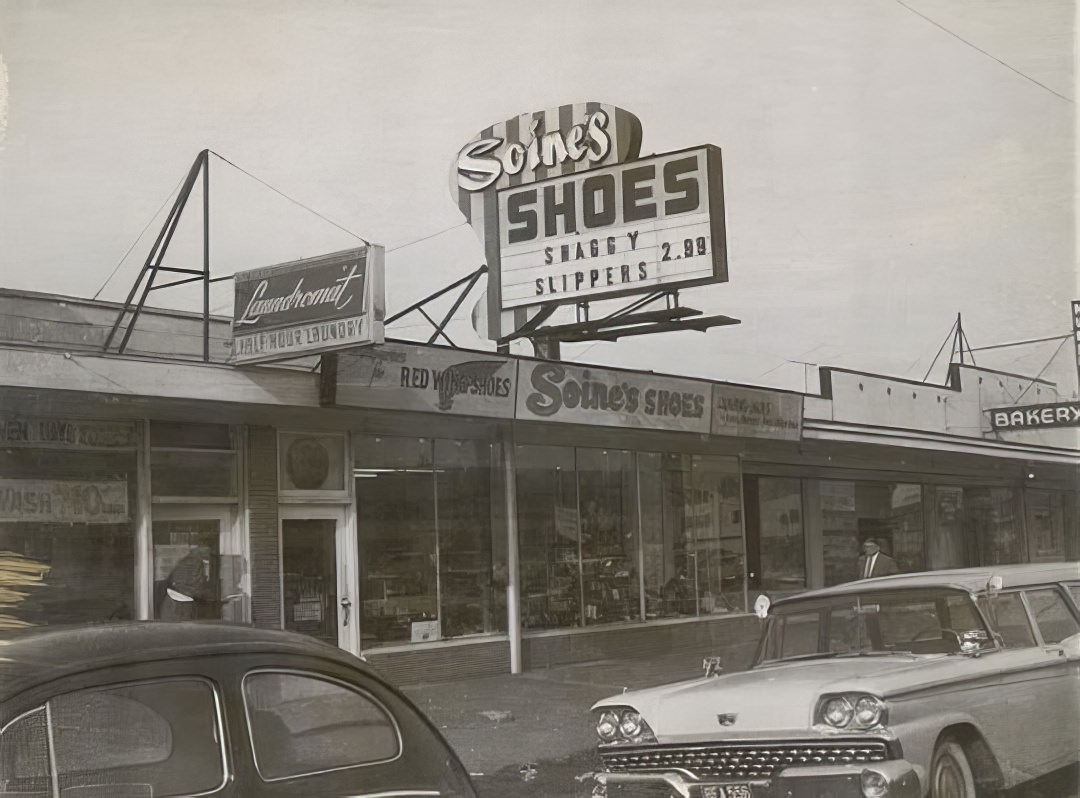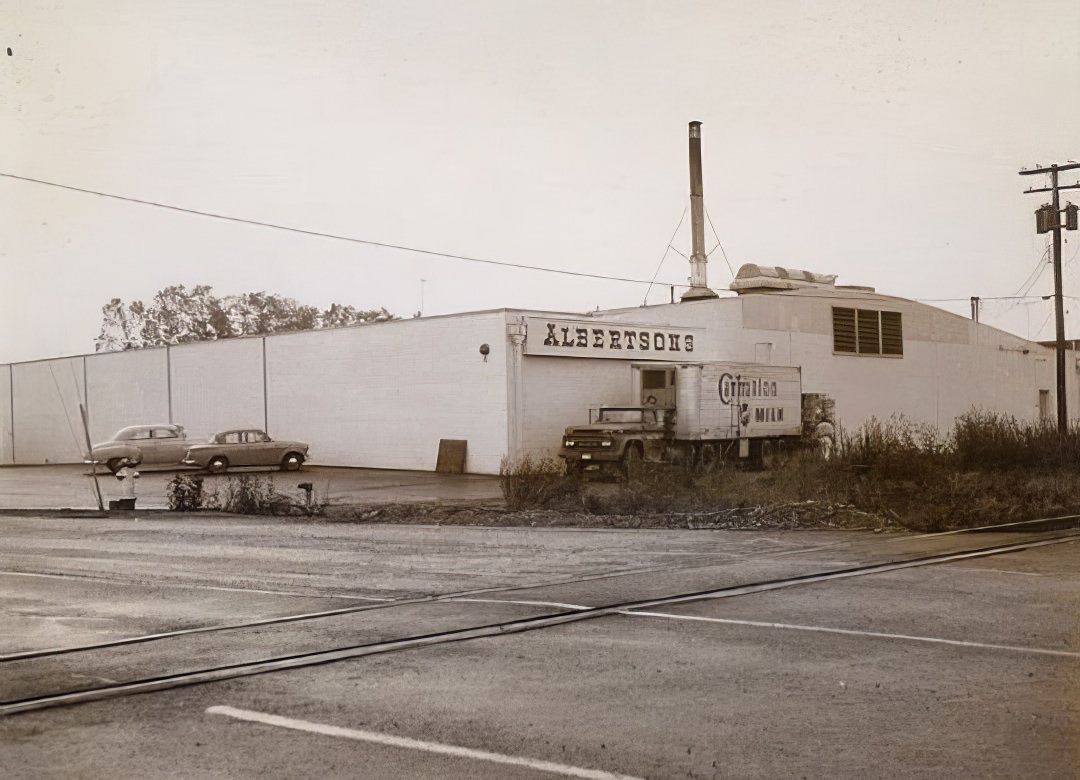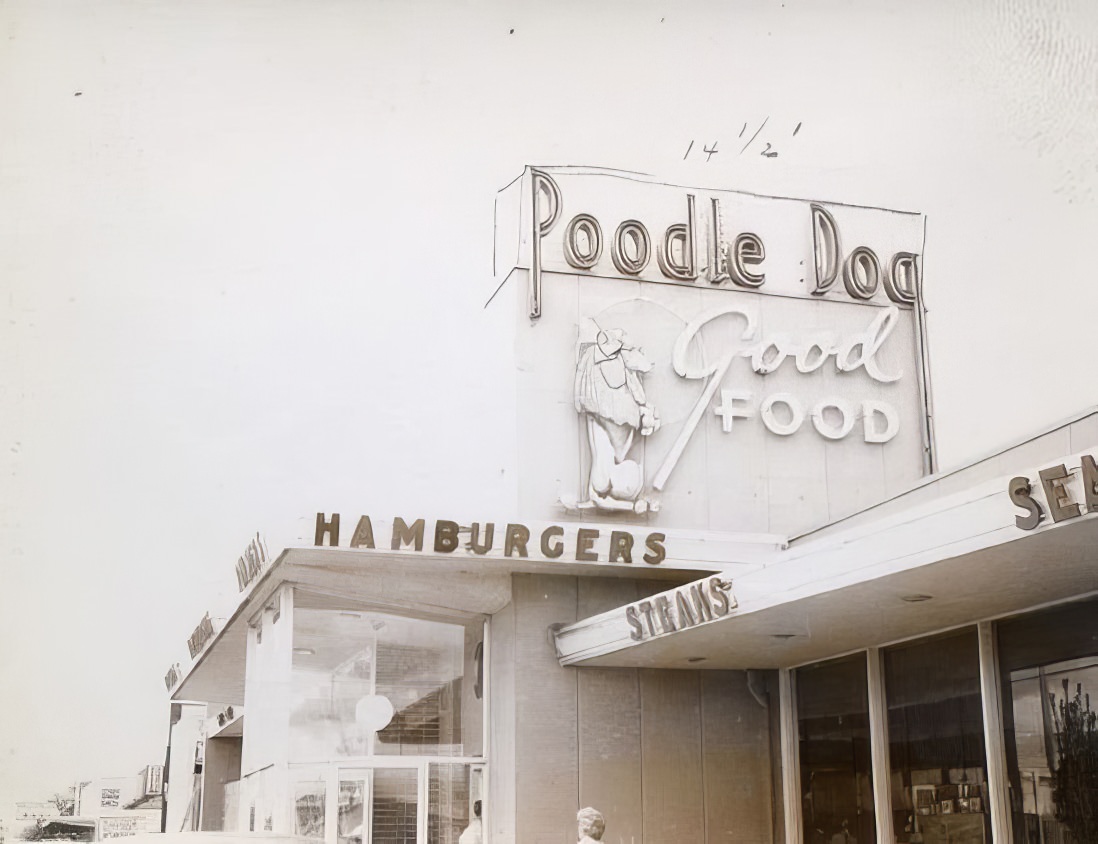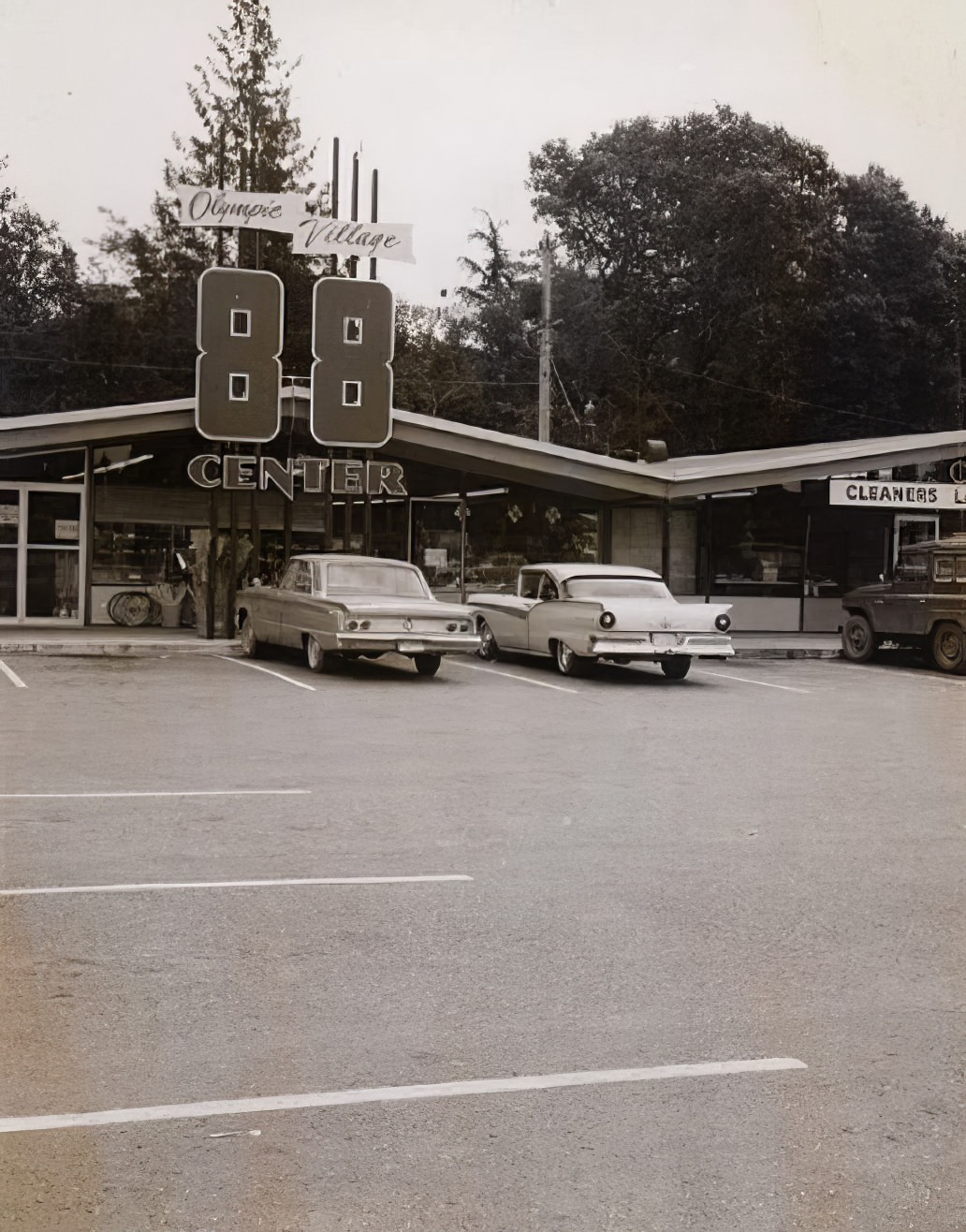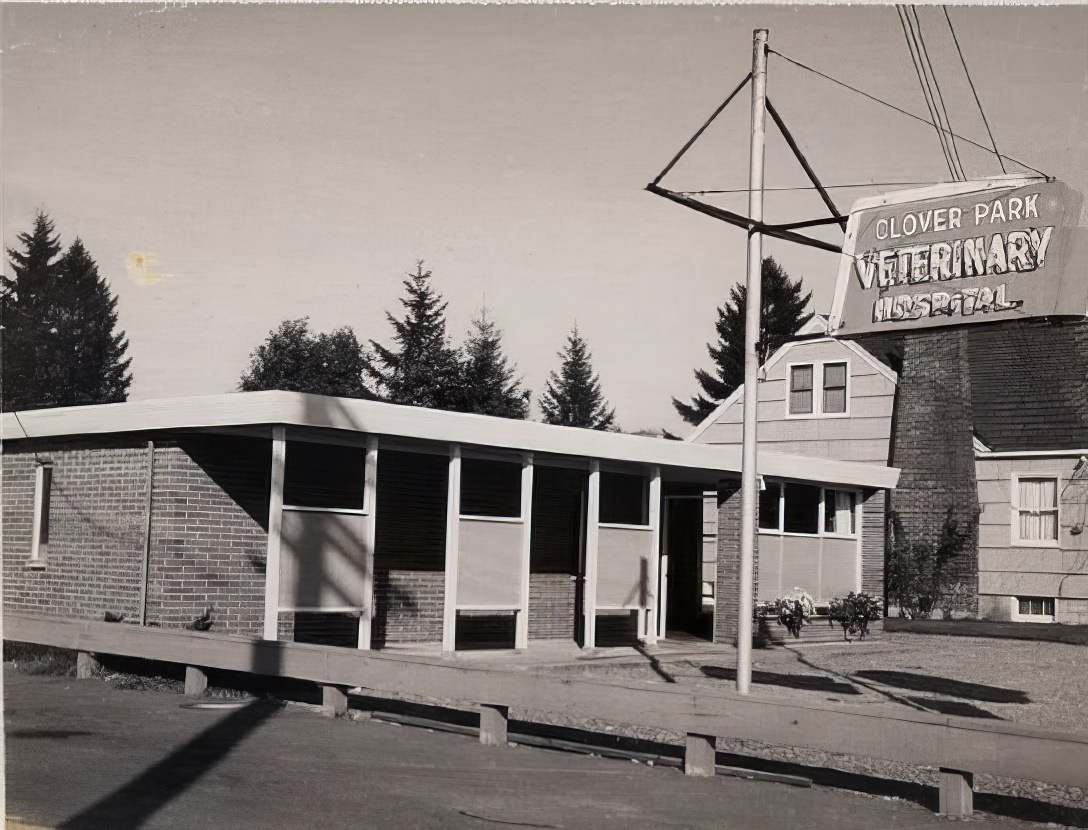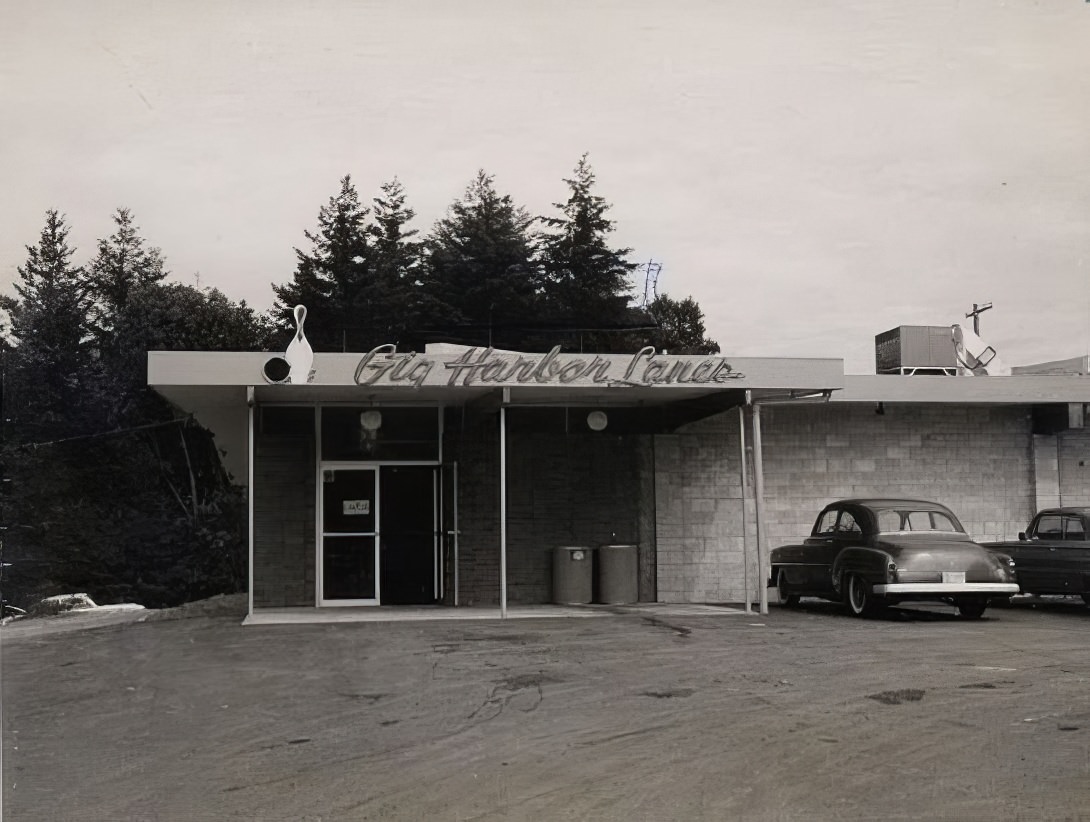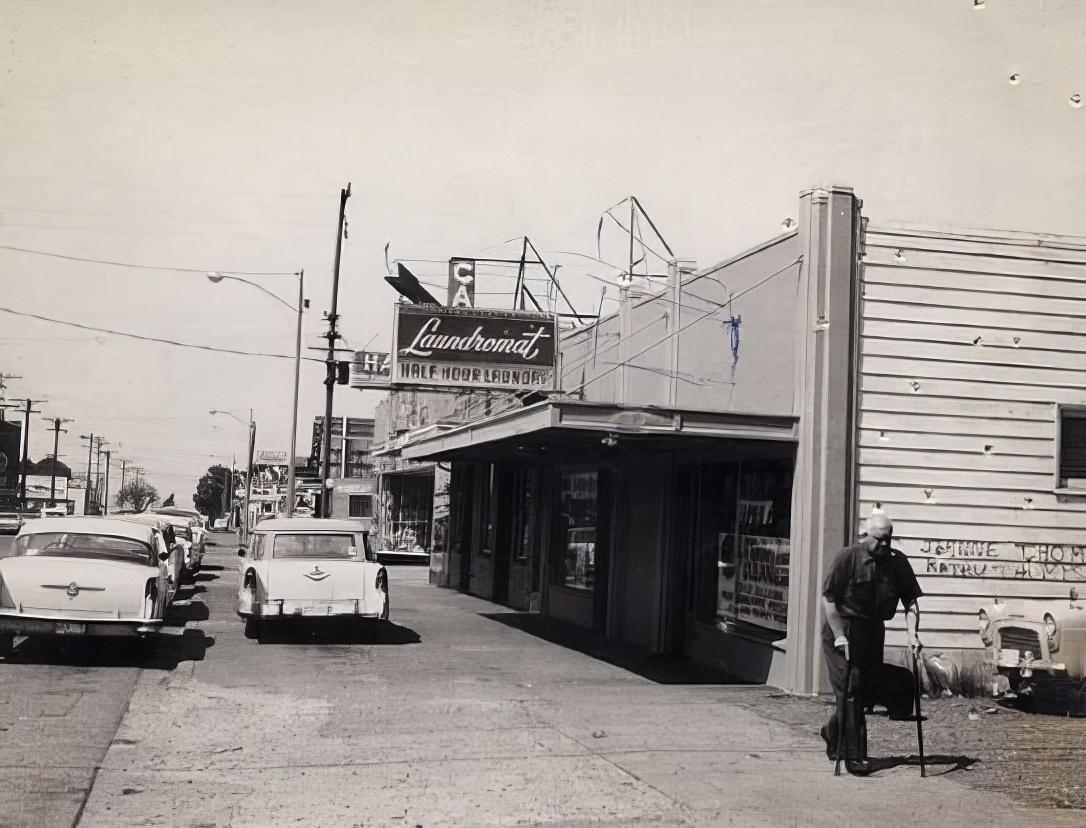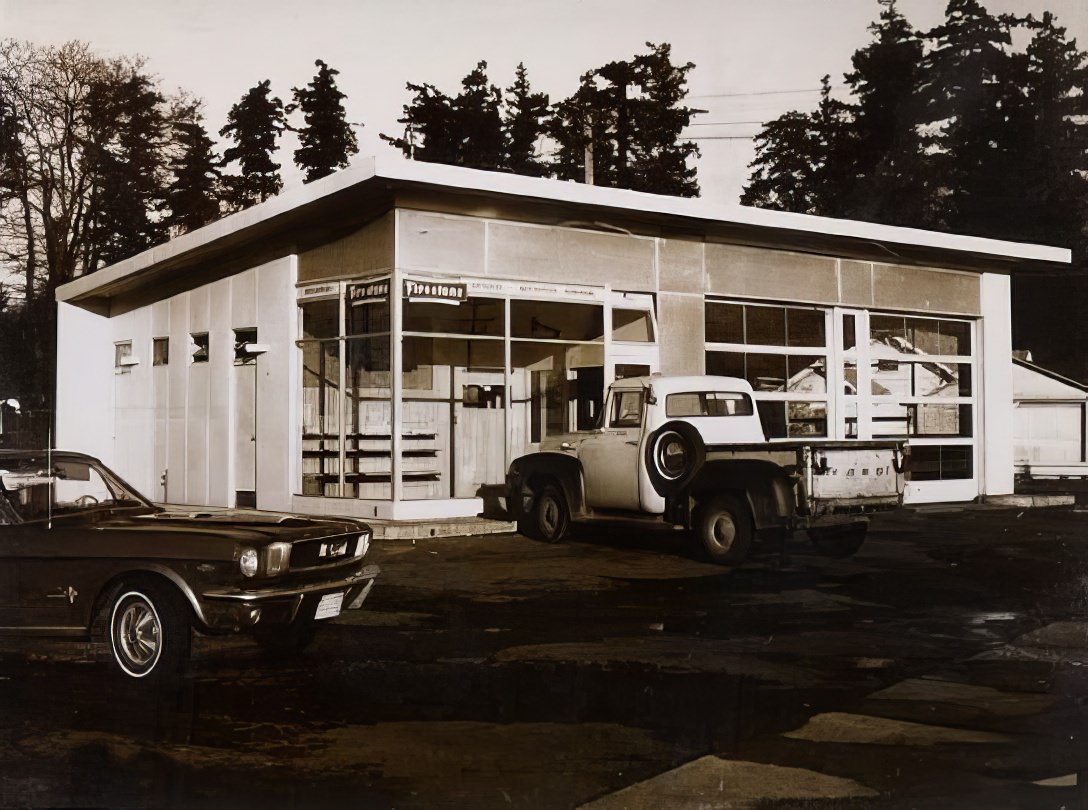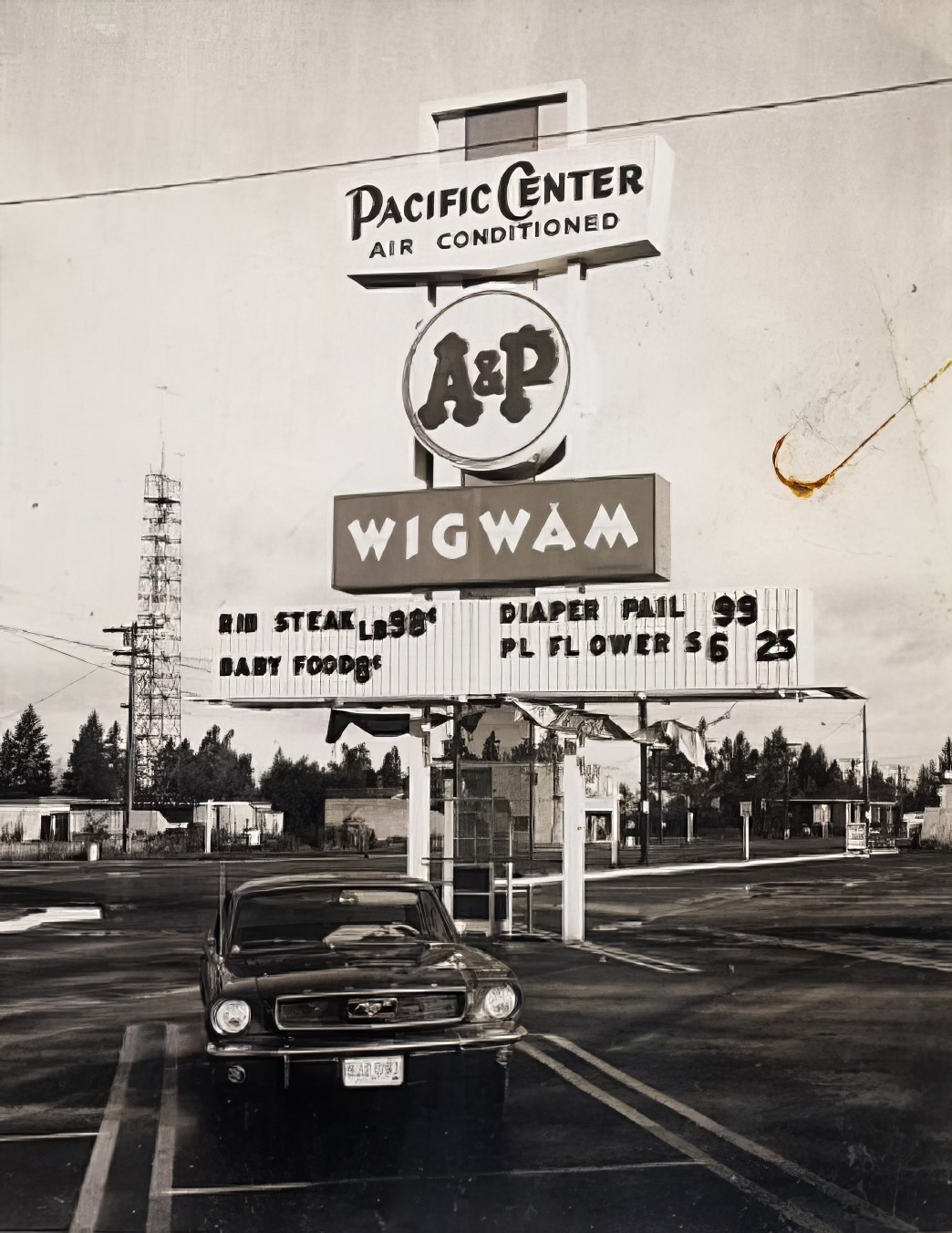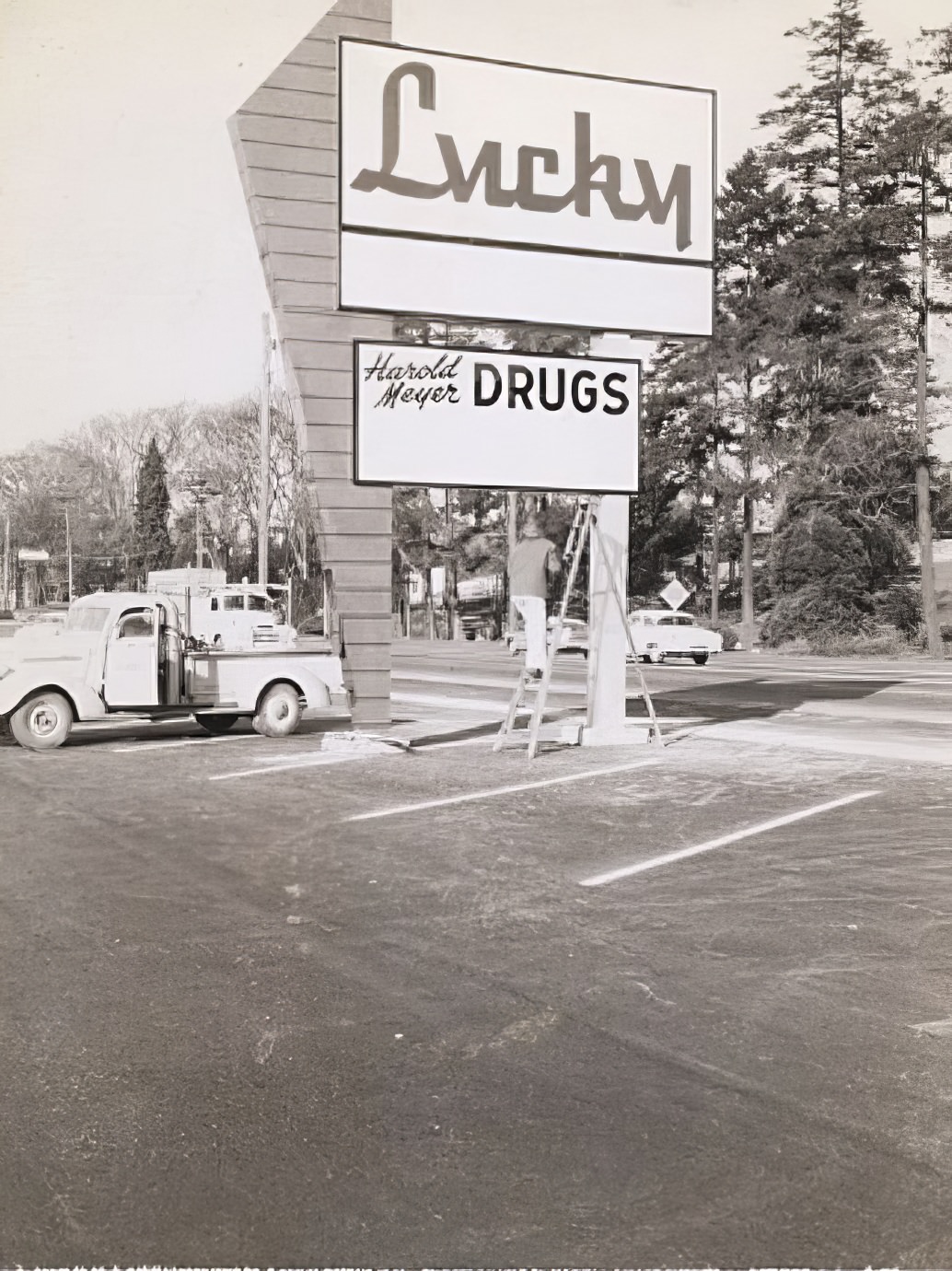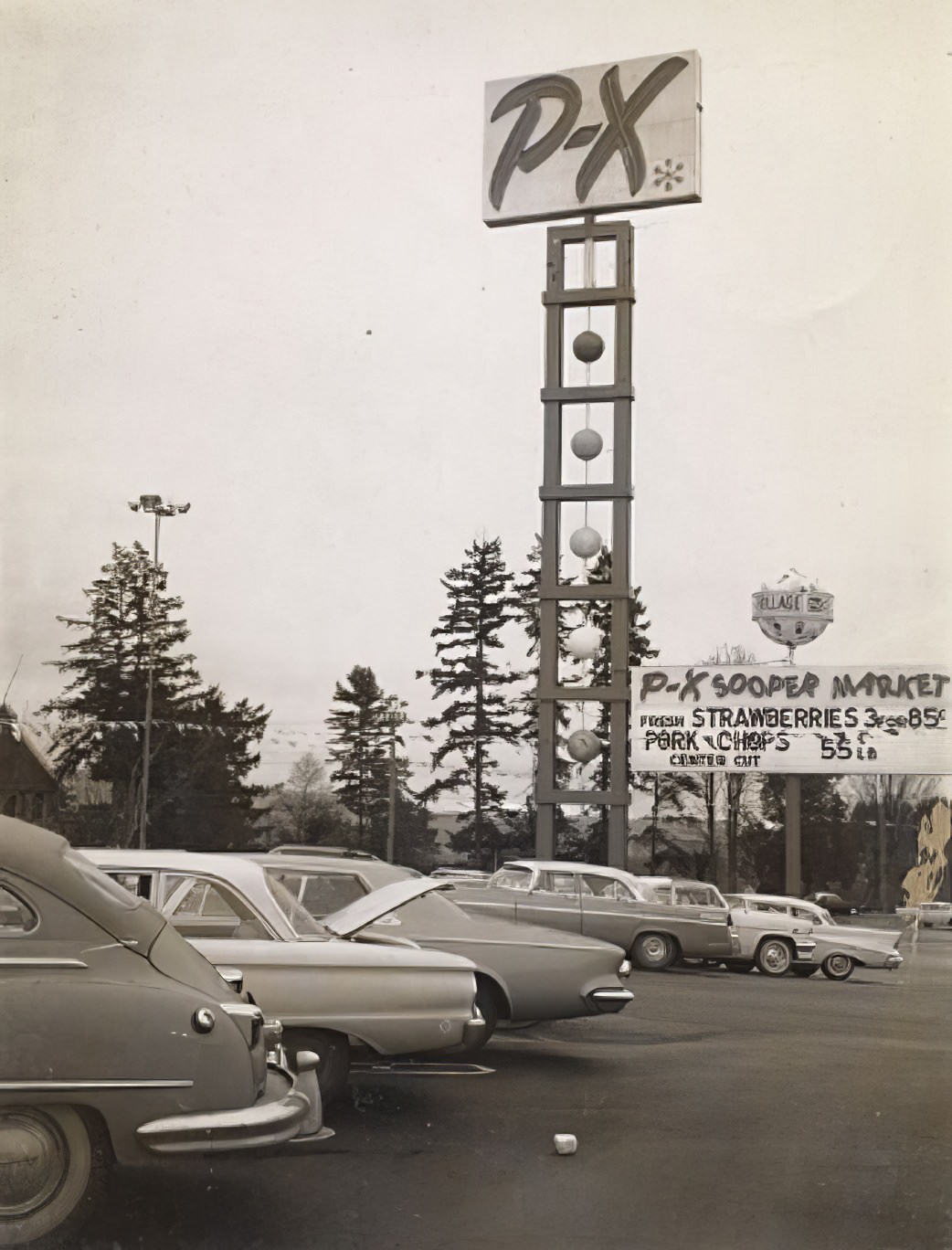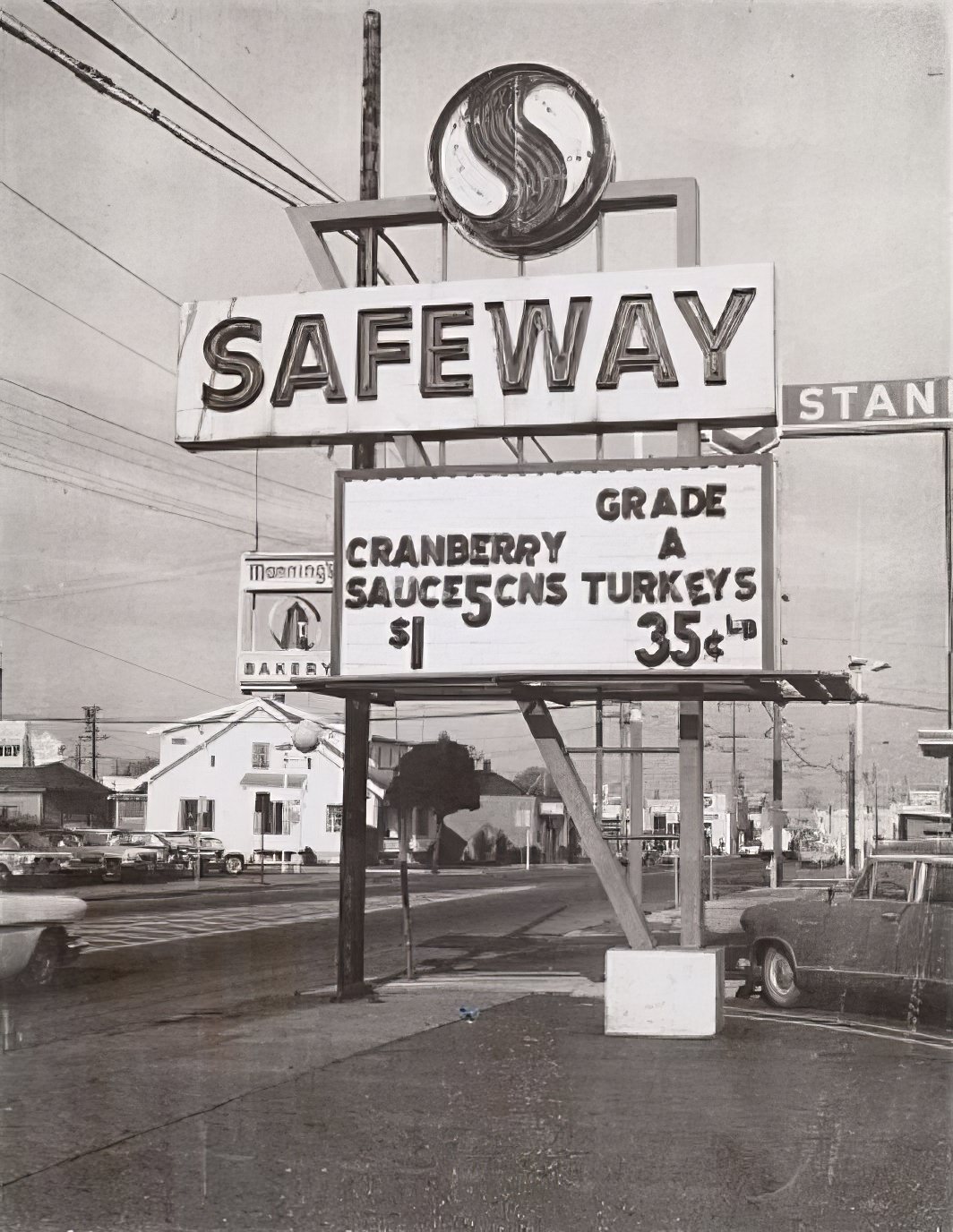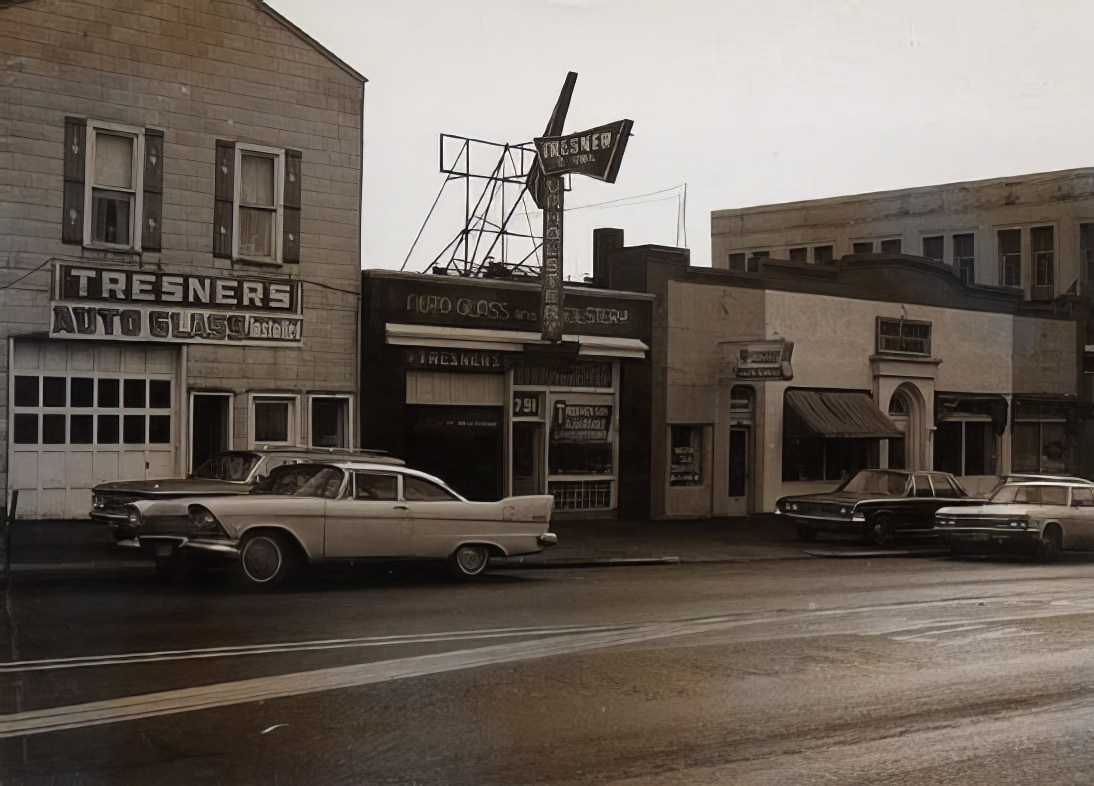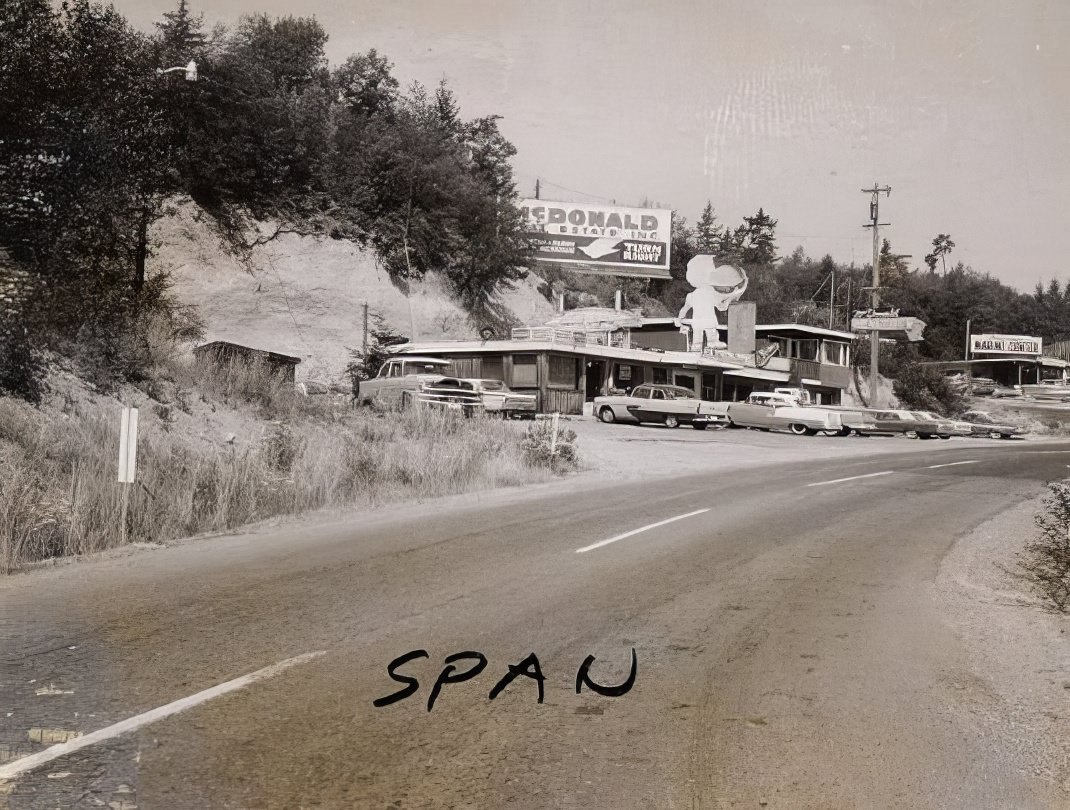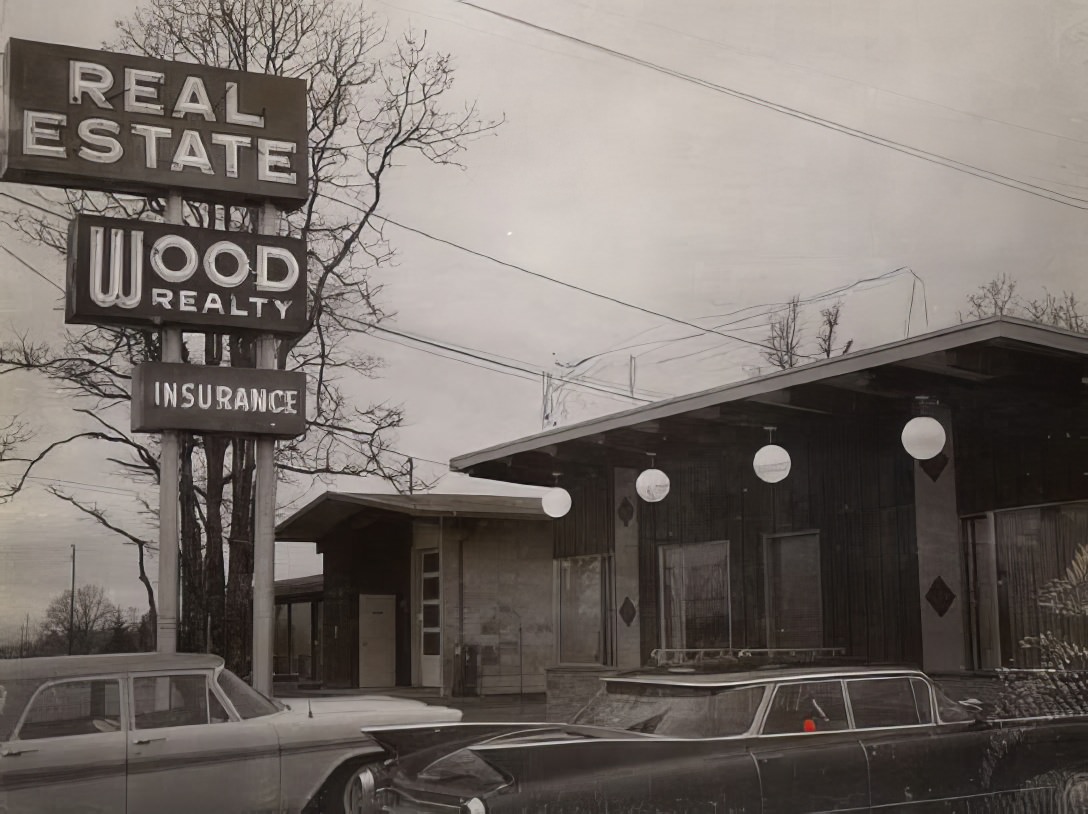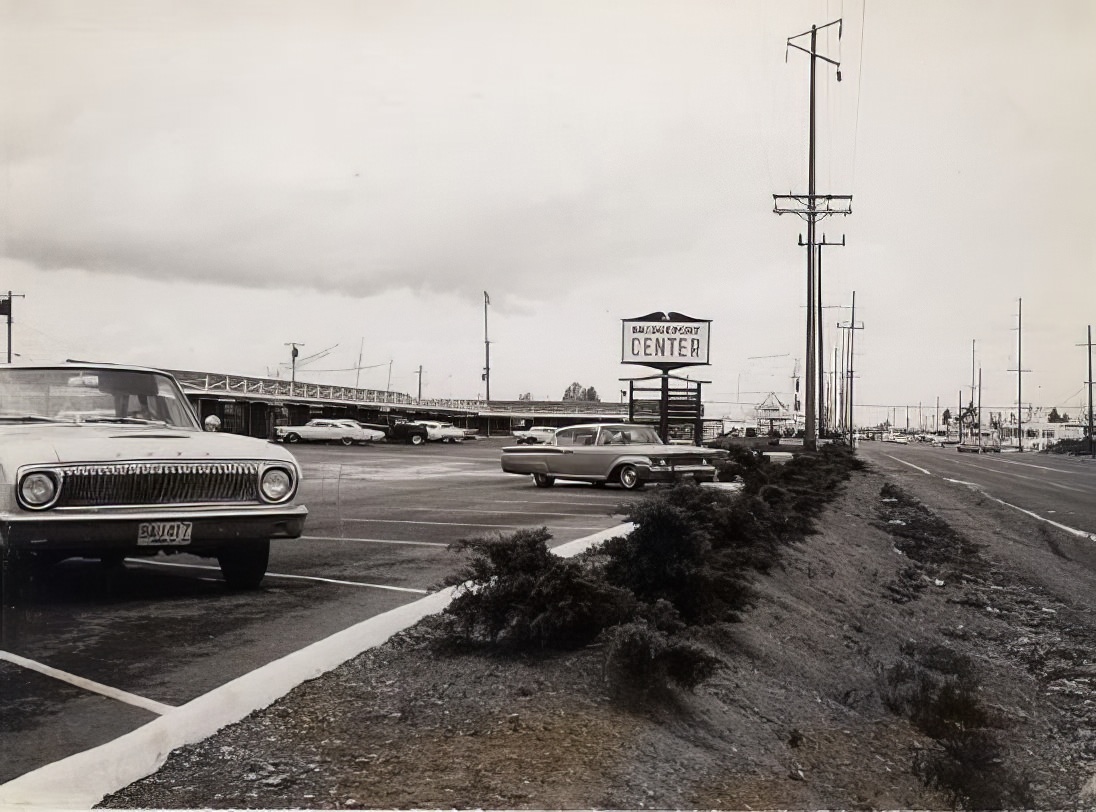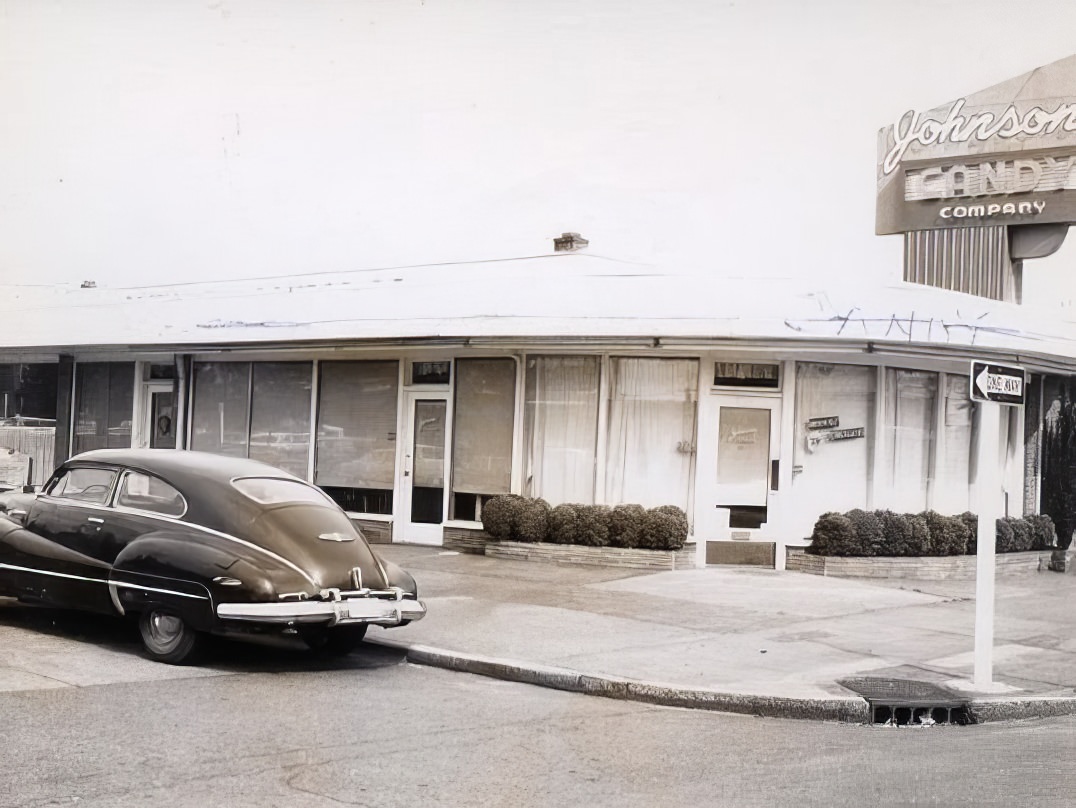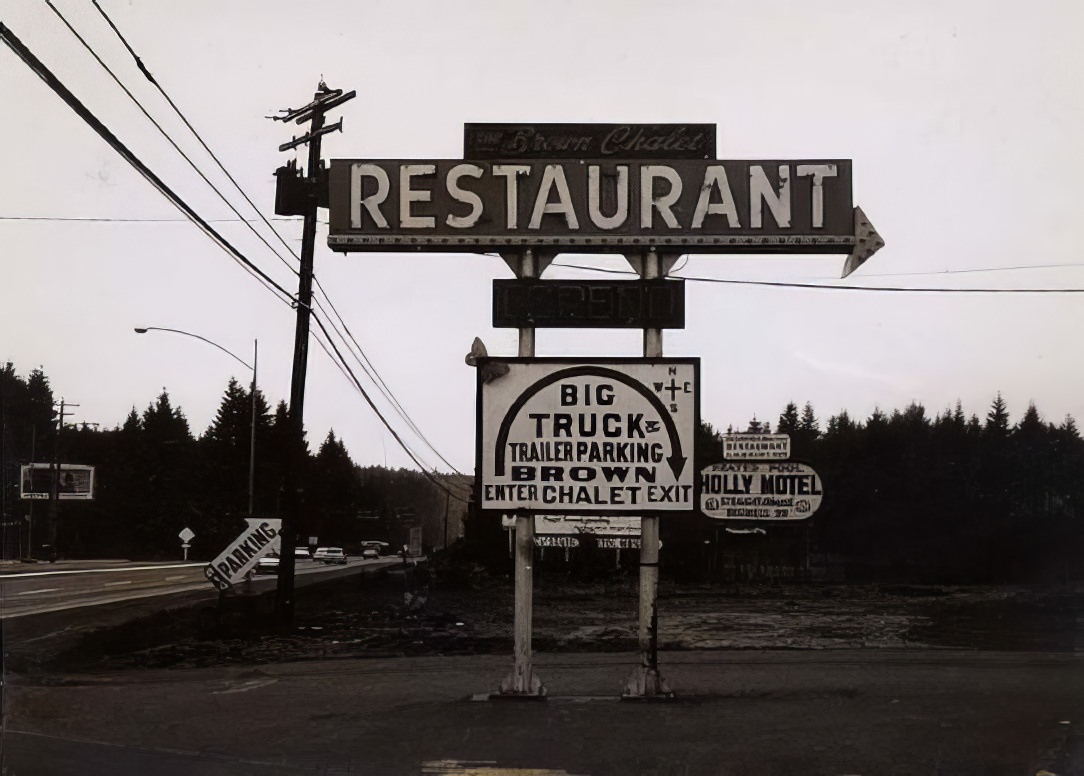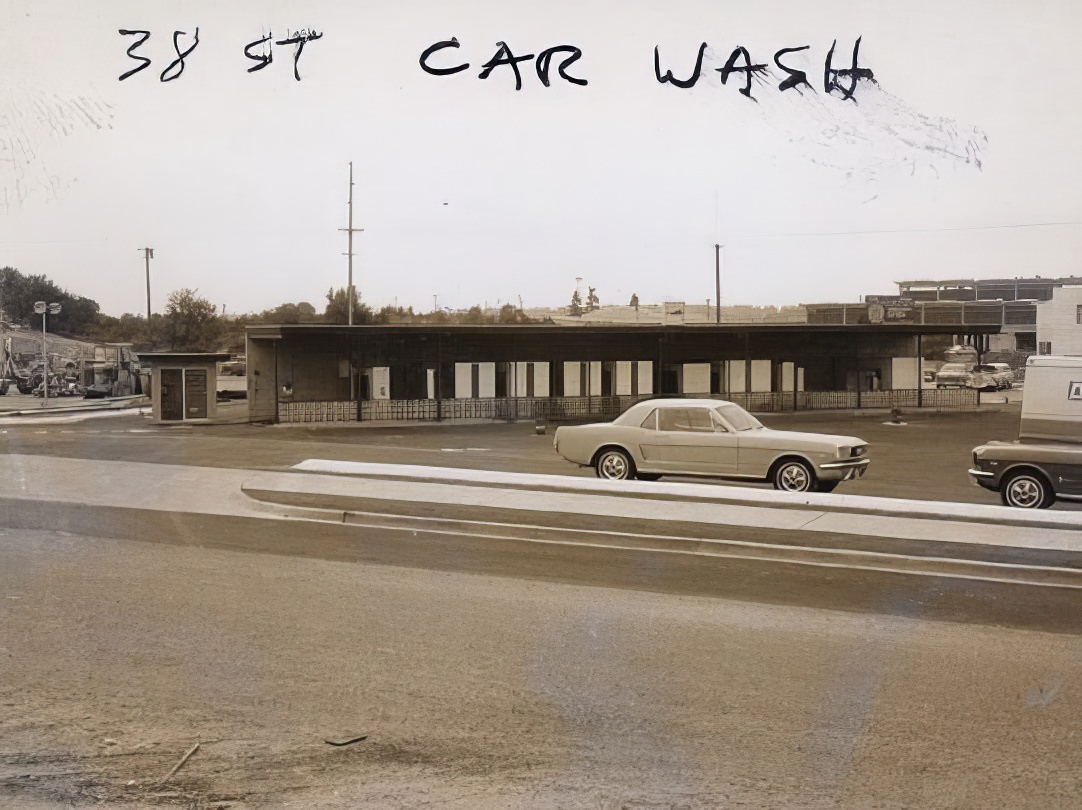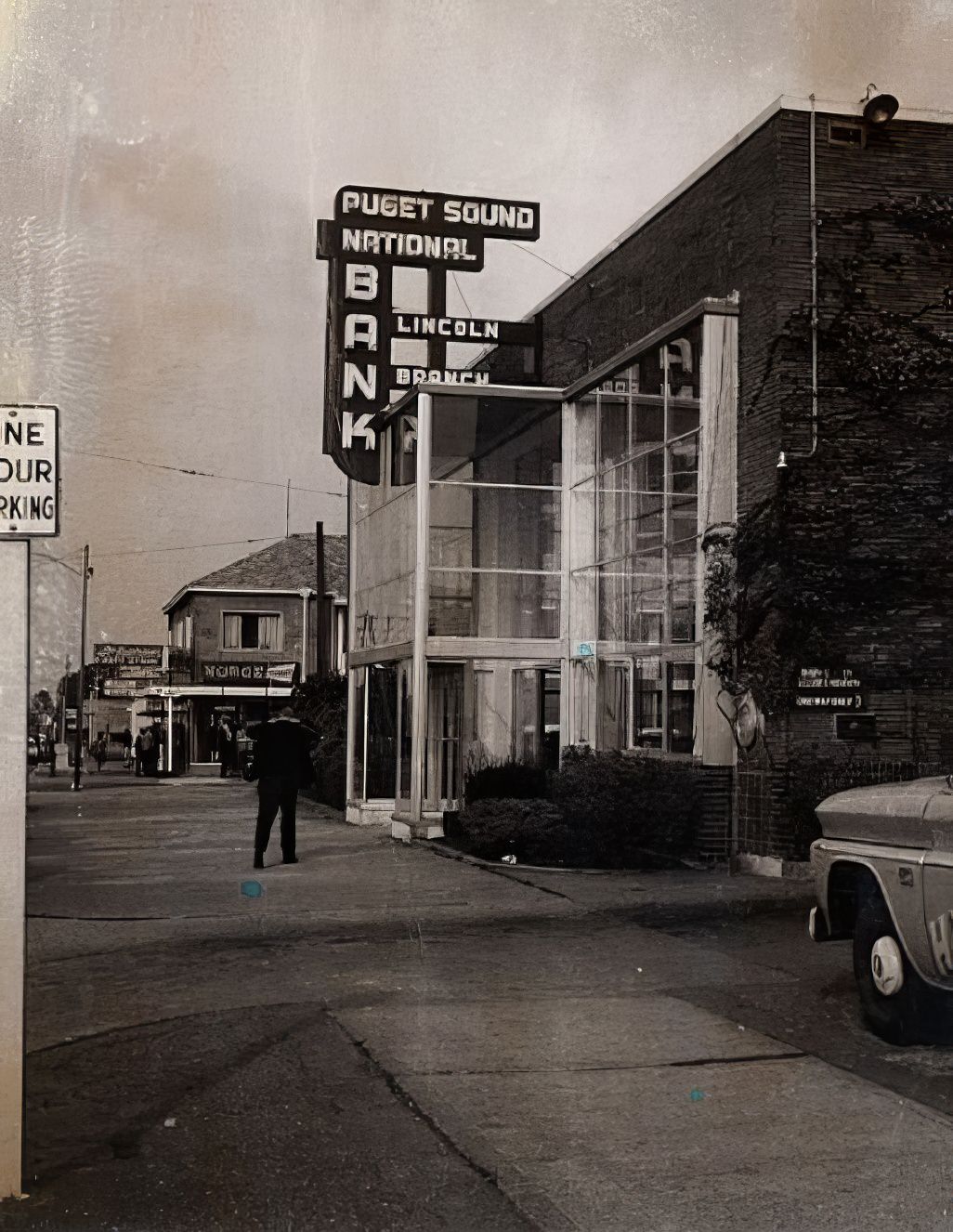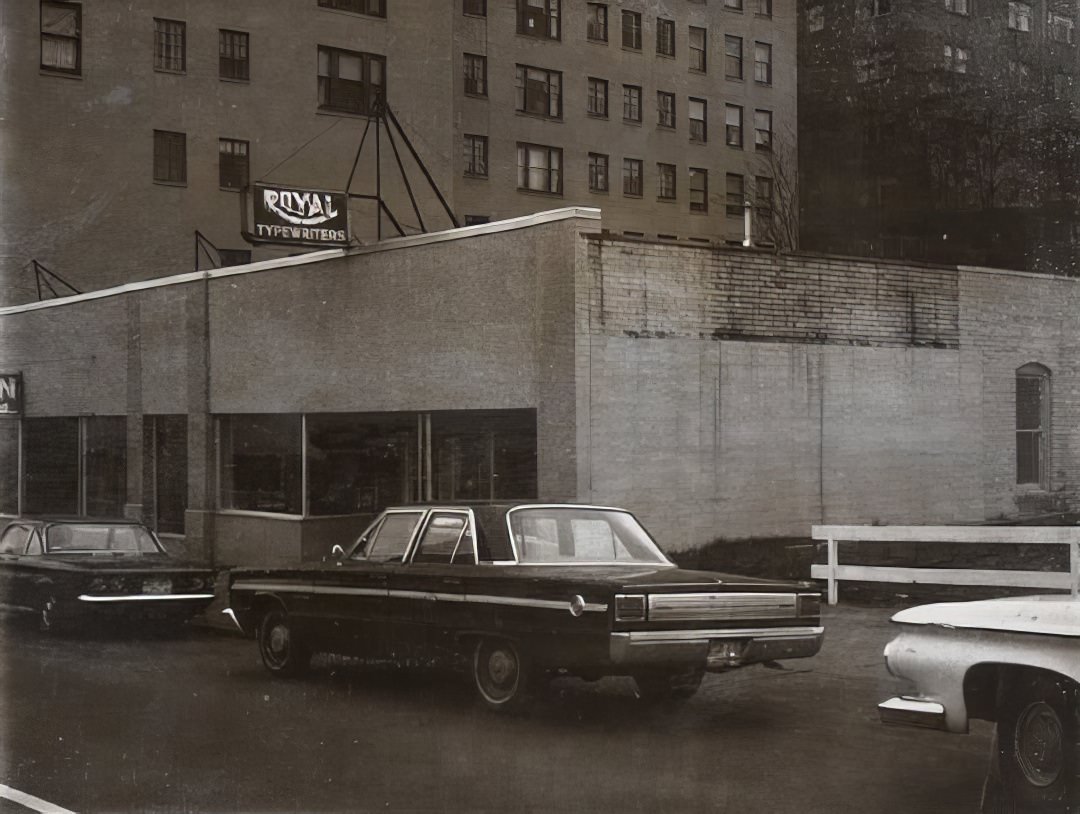Step back into the vibrant 1960s, when Washington, D.C. was a city of change and transformation. While monumental events unfolded on the political stage, the streets told their own stories through the signs that adorned businesses, movie theaters, and everyday life. These signs, captured by a keen-eyed sign company employee through the lens of a Polaroid camera, offer a unique window into the culture, commerce, and spirit of the era.
As darkness descended on the city, the signs came to life. Neon lights flickered and danced, casting a warm glow on the streets below. These vibrant beacons of light advertised everything from diners and hotels to bowling alleys and movie theaters.
The iconic “Hot Shoppes” sign, with its giant coffee cup steaming atop a rooftop, beckoned hungry travelers. The flashing neon letters of the “Casino Royal” theater promised thrilling entertainment and escape. Even the humble corner drugstore, with its neon-lit mortar and pestle, became a beacon of community and comfort.
Not all signs were illuminated. Hand-painted signs, with their unique charm and character, were a common sight in 1960s Washington. These signs, often created by local artists, showcased a diverse range of styles and techniques.
The bold, blocky lettering of a hardware store sign spoke of practicality and reliability. The whimsical script of a bakery sign hinted at sweet treats and warm hospitality. The detailed illustrations on a movie theater marquee transported viewers to far-off lands and fantastical adventures.
The signs for new businesses and developments reflected the city’s growing economy and changing landscape. The signs for political rallies and protests spoke to the social and political activism that was sweeping the nation. Even the seemingly mundane signs for everyday products and services – gas stations, laundromats, barbershops – offered a glimpse into the daily lives of Washingtonians.


